



























NOVEMBER - DECEMBER 2022 MailingSystemsTechnology.com FIND 11 EQUIPMENT IDEAS TO IMPROVE YOUR MAIL PAGE 24 IS ENTERPRISE ONLINE POSTAGE THE FUTURE OF BUSINESS MAIL? PAGE 28 WHY TRANSPORTATION VISIBILITY IS KEY FOR THE USPS AND THE MAILING INDUSTRY. PAGE 22 DO MAILERS REALLY NEED POST-PRESORT SOFTWARE? PAGE 8 MARKETING DESIGN WITH AGE IN MIND. PAGE 10 CLICKHERETOSUBSCRIBE
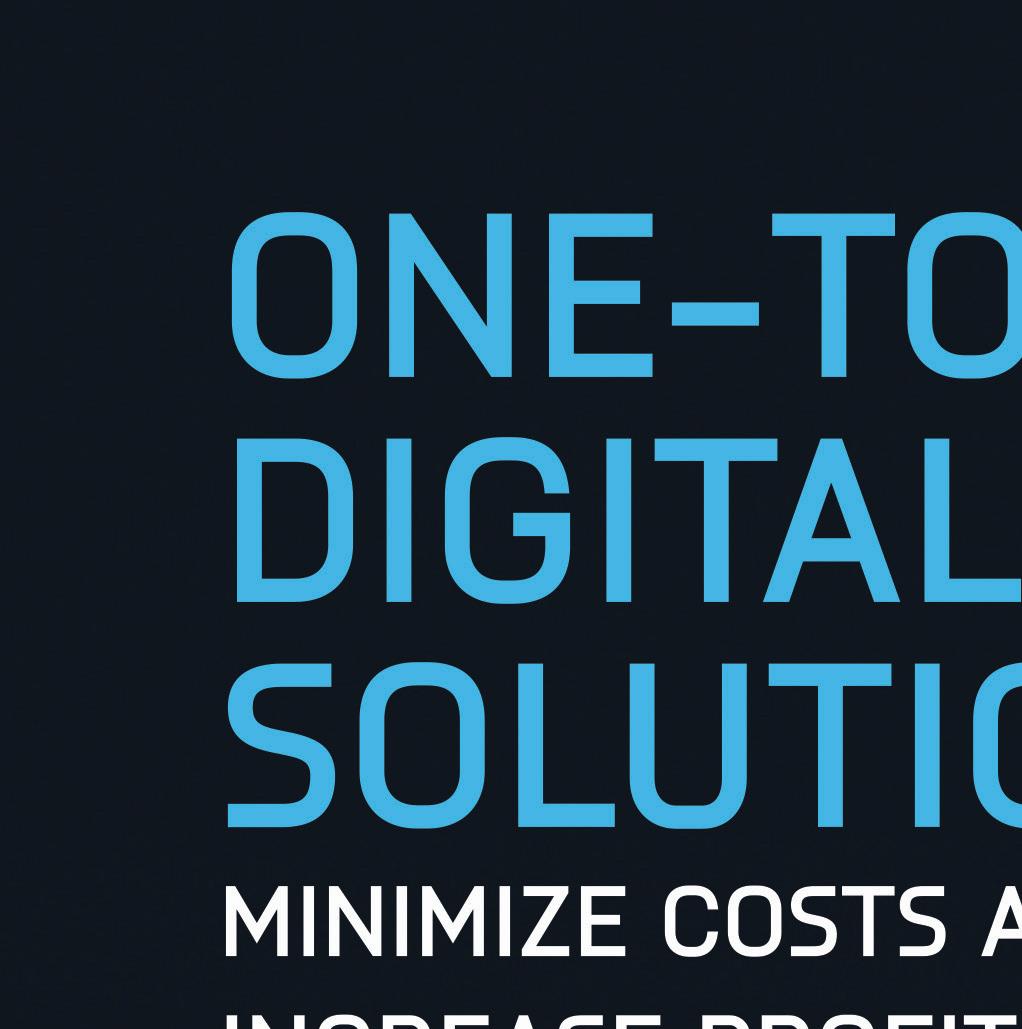


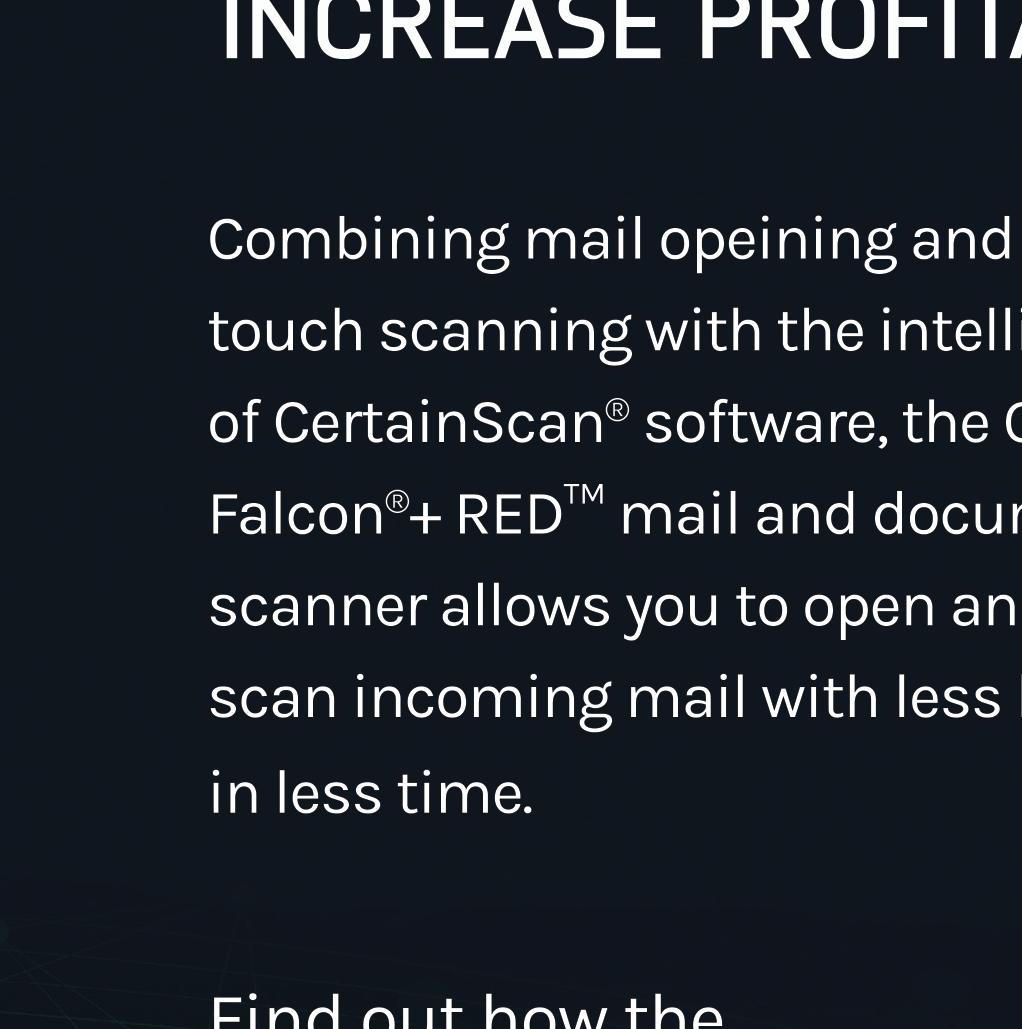

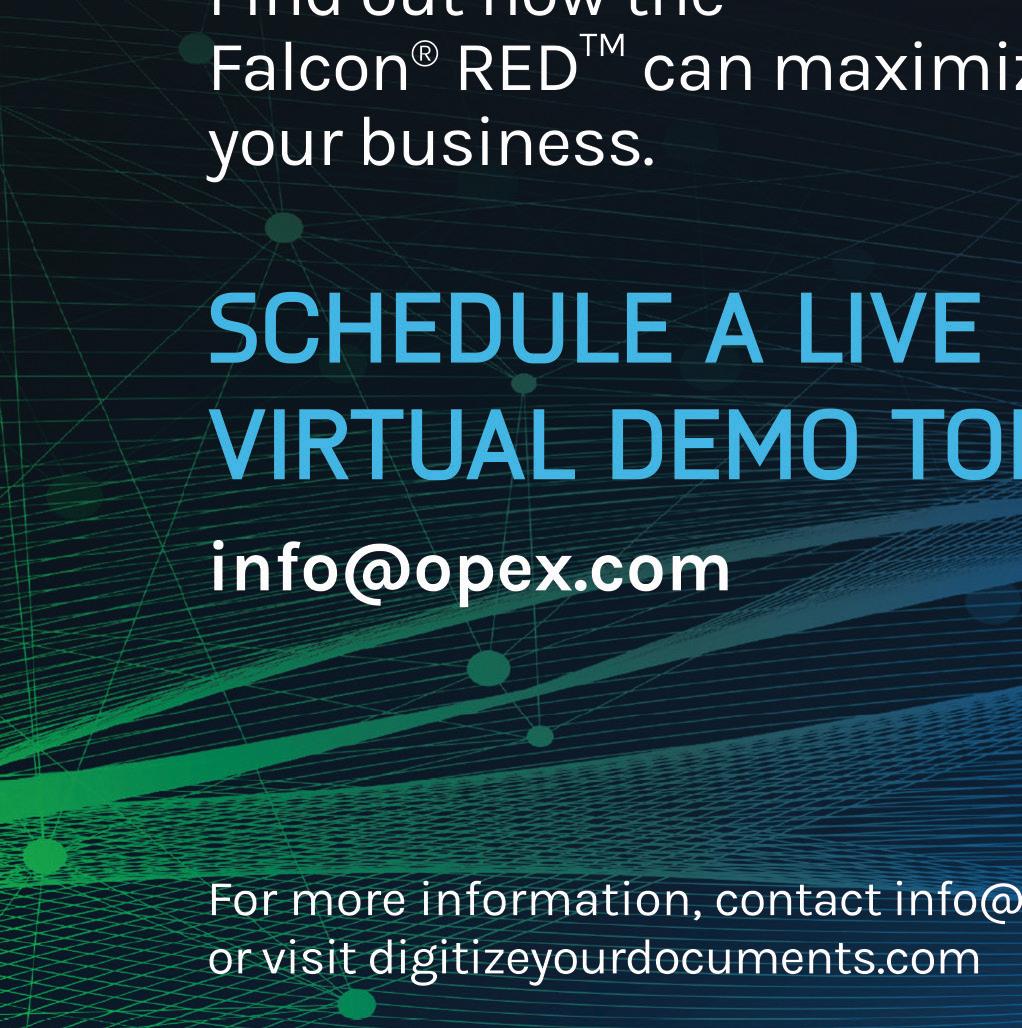


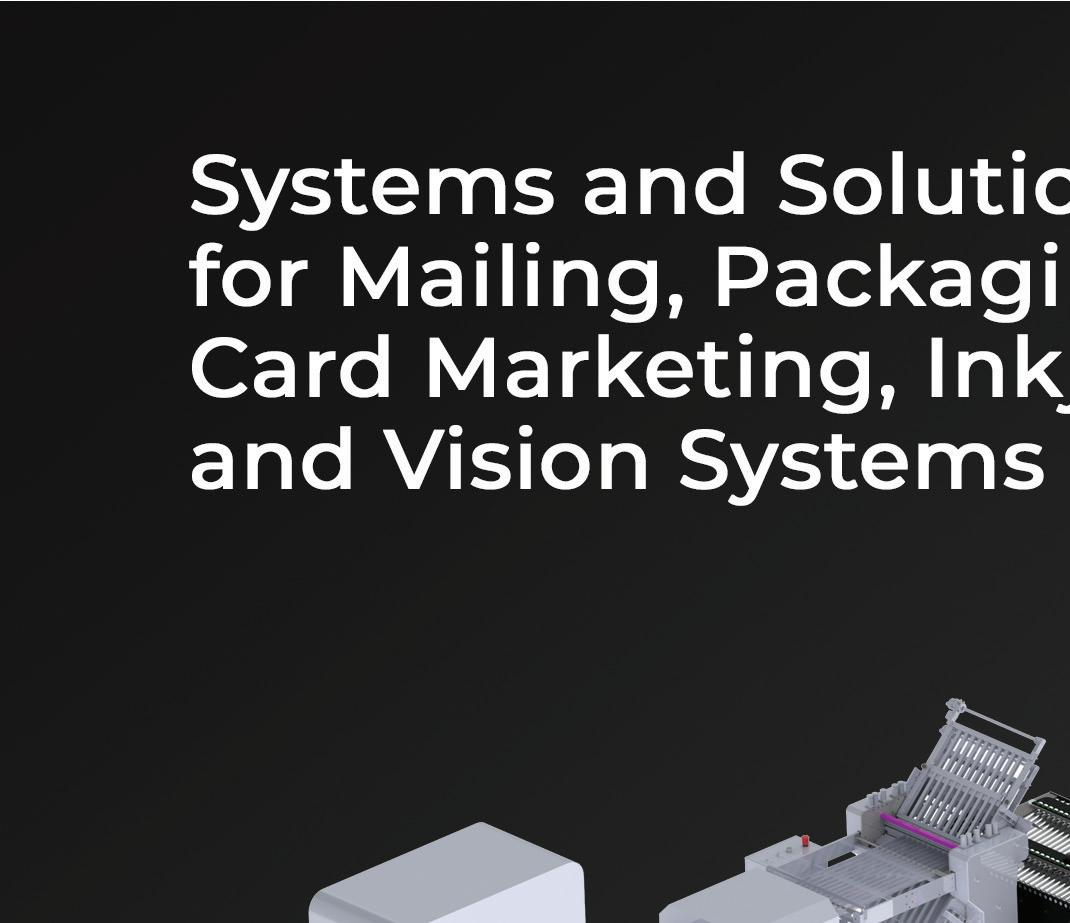
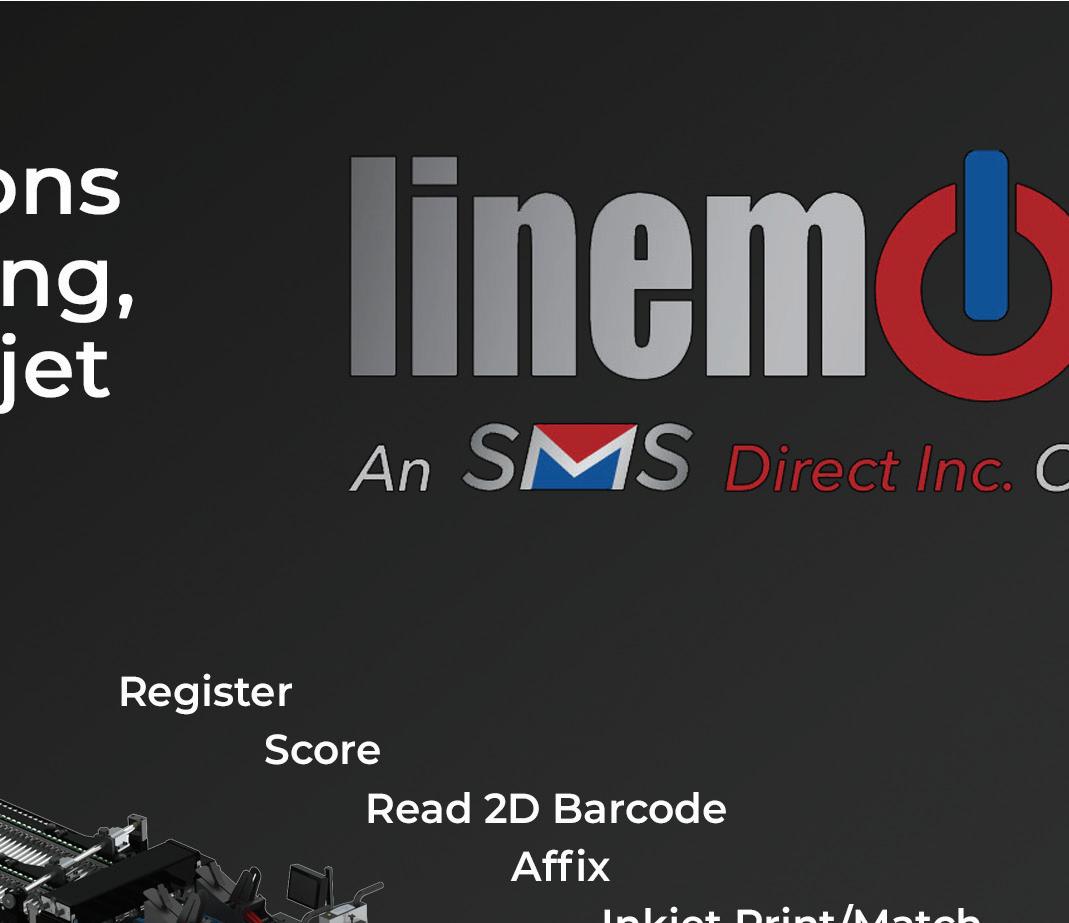


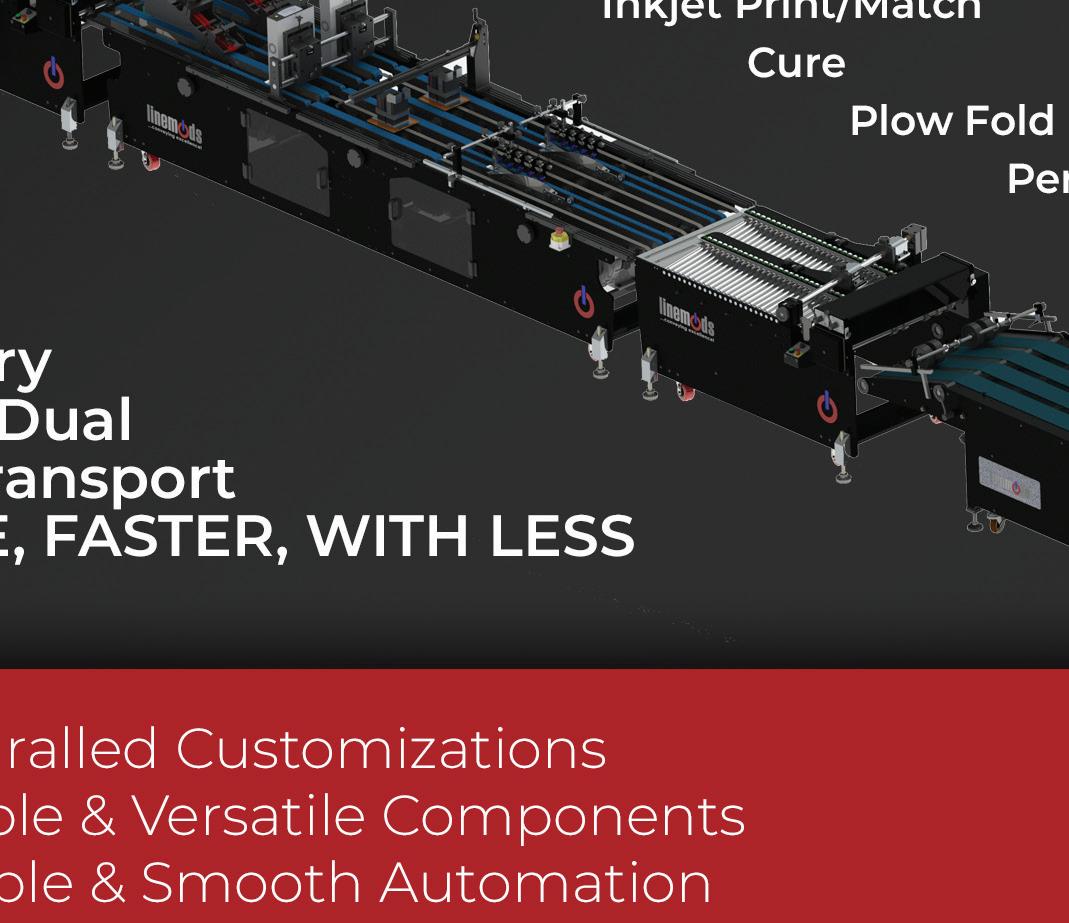
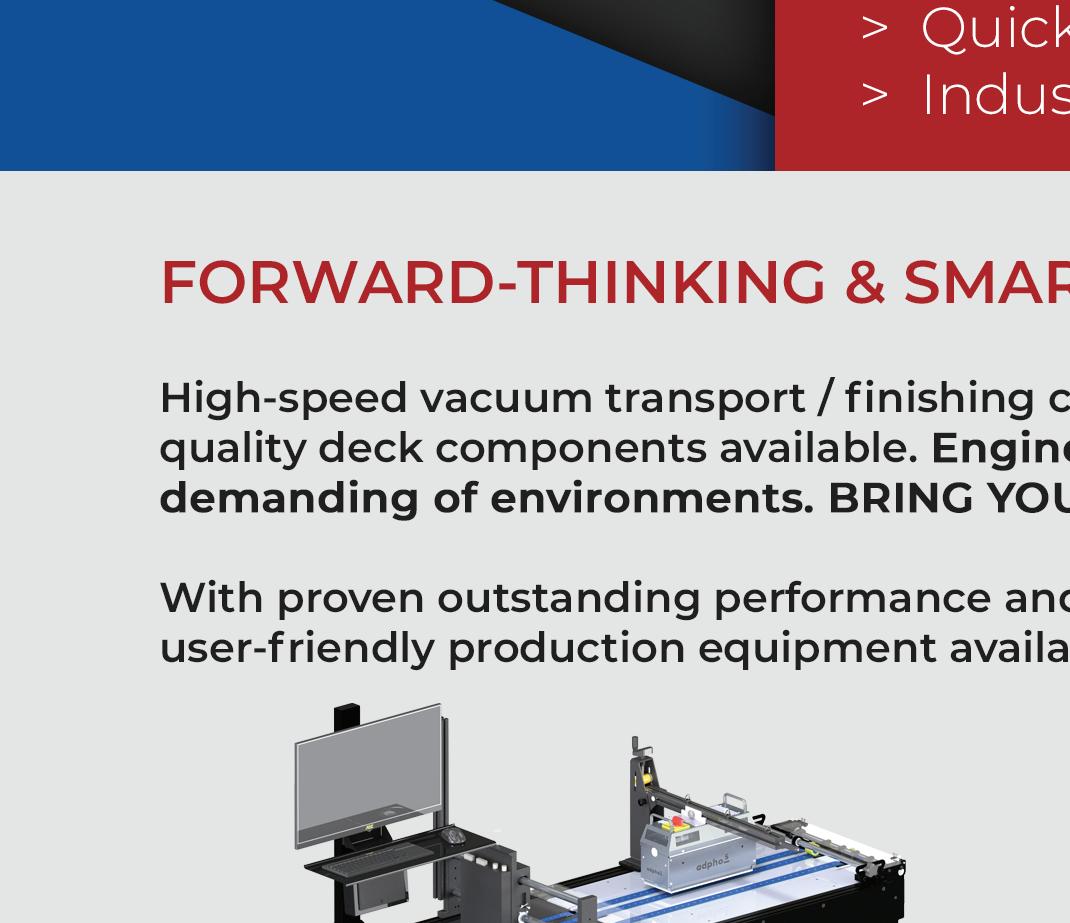


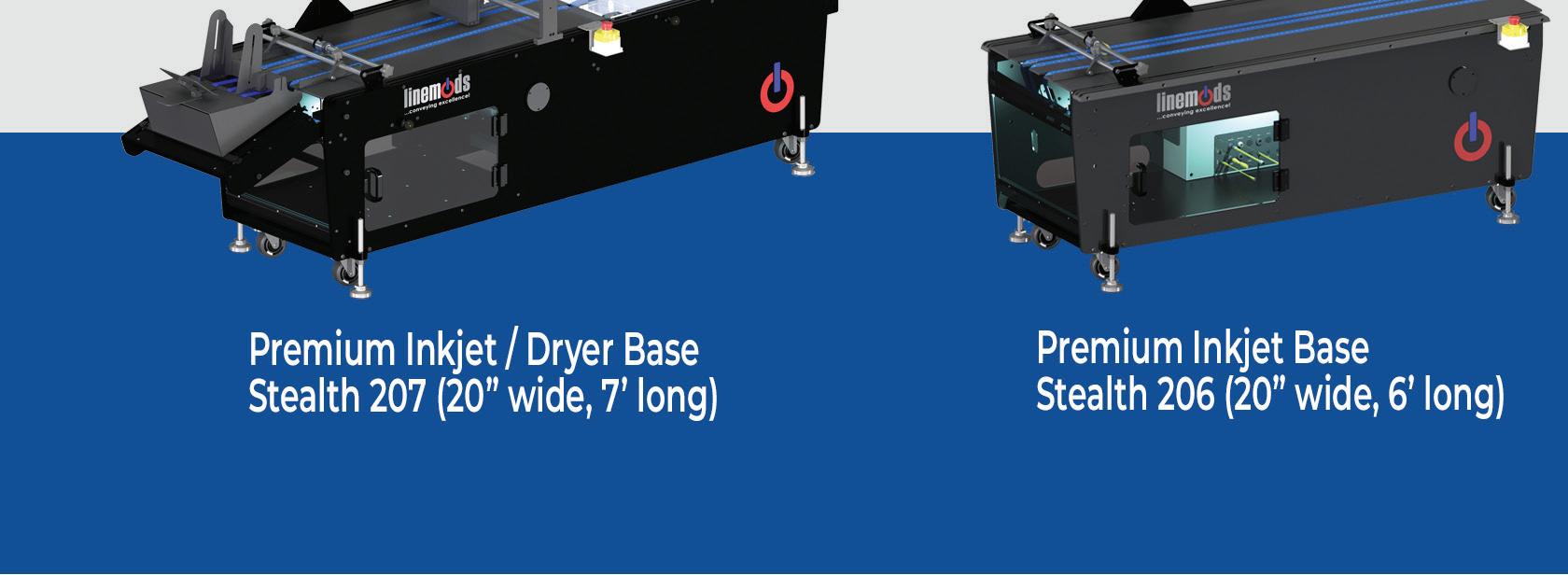
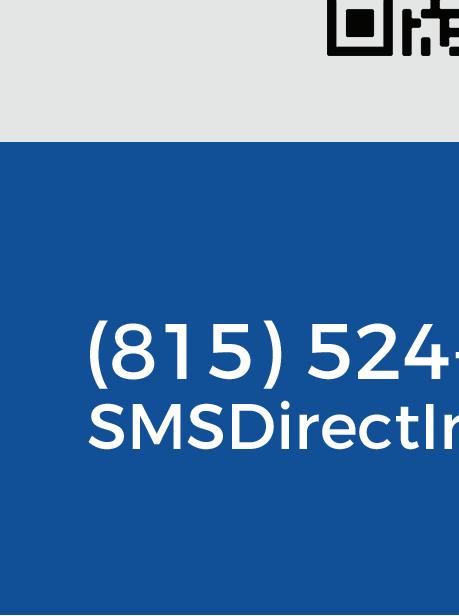



















































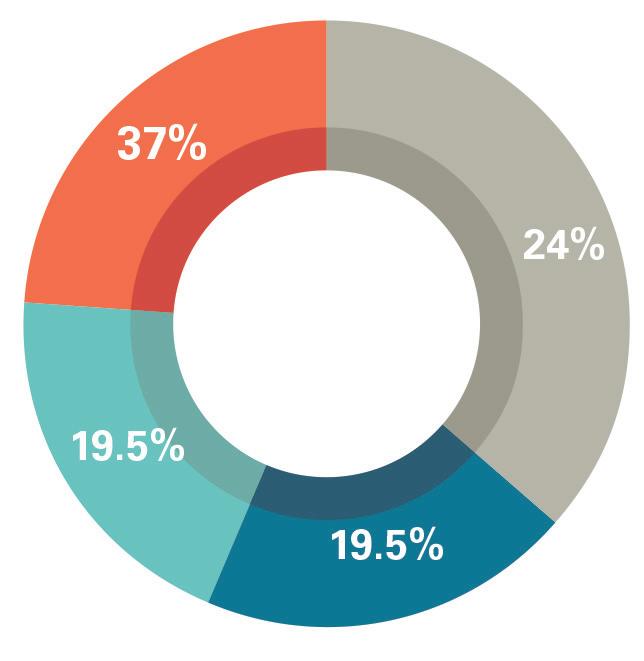

TABLE OF CONTENTS
06
08 Software Byte
Mailers Really Need a Post-Presort Software Solution?
10
Info Marketing Design with Age in Mind
12 The
What’s Your Backup Plan? By Mike Porter SPONSORED CONTENT 24 11 Equipment Ideas to Improve Your Mail! FEATURES 14 Our Annual Wage & Operations Survey, Part Two By Amanda Armendariz 18 Address Data Is Everything By Greg Brown 22 Transportation Visibility Is Key for Both the USPS and the Mailing Industry By Kathleen Siviter and Greg Reed 27 PRINTING United Snapshot 28 Why Enterprise Online Postage Will Be the Future of Business Mail By Adam Lewenberg NOVEMBER-DECEMBER 2022 | VOLUME 35 ISSUE 6 14 22 18 28 SUBSCRIBE FOR FREE 4 NOVEMBER-DECEMBER 2022 | MailingSystemsTechnology.com
DEPARTMENTS 05 Editor's Note In the Home Stretch of 2022 By Amanda Armendariz
Real-Life Management Character Counts! By Wes Friesen
Do
By Lisa Leslie
Inkjet
By Karen Kimerer
Trenches
VOLUME 35, ISSUE 6
MAGAZINE STAFF
President Chad Griepentrog
Publisher Ken Waddell
Editor Amanda Armendariz amanda.c@rbpub.com
Contributing Writers
Greg Brown, Wes Friesen, Karen Kimerer, Lisa Leslie, Adam Lewenberg, Mike Porter, Greg Reed, Kathleen Siviter
Audience Development Manager Rachel Chapman rachel@rbpub.com
Advertising Ken Waddell 608.235.2212 ken.w@rbpub.com
Design Kelli Cooke
MadMen3
PO Box 259098 Madison WI 53725-9098
Tel: 608.241.8777 Fax: 608.241.8666

Email: customerservice@rbpub.com
SUBSCIRBE
Subscribe online at MailingSystemsTechnology.com.
Subscriptions are free to qualified recipients: $20 per year to all others in the United States. Subscription rate for Canada or Mexico is $40 per year, and for elsewhere outside of the United States is $45. Back issue rate is $5.
SEND SUBSCRIPTIONS TO: Mailing Systems Technology, PO Box 259098, Madison WI 53725-9098 Call 608.241.8777 Fax 608.241.8666 E-mail rachel@rbpub.com Online at MailingSystemsTechnology.com.
REPRINT SALES
ReprintPro 949.702.5390 www.ReprintPros.com
All material in this magazine is copyrighted ©2022 by MadMen3 All rights reserved. Nothing may be reproduced in whole or in part without written permission from the publisher. Any correspondence sent to Mailing Systems Technology, MadMen3 or its staff becomes property of MadMen3.
The articles in this magazine represent the views of the authors and not those of MadMen3 or Mailing Systems Technology. MadMen3 and/or Mailing Systems Technology expressly disclaim any liability for the products or services sold or otherwise endorsed by advertisers or authors included in this magazine.
MAILING SYSTEMS TECHNOLOGY
(ISSN 1088-2677) [Volume 35 Issue 6] is published six times per year (January/February, March/April, May/June, July/August, September/October, November/December) by MadMen3 PO Box 259098 Madison WI 53725-9098, 608-241-8777. Periodical postage paid at Madison WI and additional offices.
POSTMASTER
Send address changes to: Mailing Systems Technology PO Box 259098 Madison WI 53725-9098
IN THE HOME STRETCH OF 2022
BY AMANDA ARMENDARIZ
2022 is coming to a close, and many are hoping that 2023 will usher in a relief from skyrocketing inflation, high gas prices, and a faltering stock market (whether or not that’s a realistic hope is a different question). Many in the mailing industry are also hoping that the new year will see an influx of mail pieces into the mailstream to bolster up declining volumes. On the one hand, we know that the glory days of 10+ years ago are unlikely to return, given that mail volumes have been declining regularly for years now as companies send out fewer hard copy mail pieces and instead turn to digital efforts. However, on the other hand, 25% of our survey respondents reported that they’re actually sending out more hard copy mail pieces now than they were prior to the pandemic. And while our subscriber base admittedly doesn’t include every mailer out there, we still can have hope that other mailers are feeling the same way, doing their best to keep the mail stream healthy and thriving. Be sure to check out part two of our annual survey on page 14 to see how your opinions stack up against those of your peers.
We’re putting this issue to bed right as peak season is really starting to ramp up, so we’ll make sure we keep you updated on how the USPS handles the holiday onslaught. The press releases put out by the Postal Service tout its strong ability to handle peak season volume, and the organization is reporting decent delivery times for First-Class Mail, Marketing Mail, and Periodicals. Additionally, when I was at PRINTING United in October, I had the pleasure of hearing Postmaster General Louis DeJoy speak at a keynote. He was confident in his organization’s ability to handle both the upcoming peak season and make the necessary changes to keep the Postal Service thriving in 2023 and beyond. Whether his optimism is founded remains to be seen, but we will keep you posted as our industry continues to evolve.
As always, thanks for reading Mailing Systems Technology.
MailingSystemsTechnology.com | NOVEMBER-DECEMBER 2022 5
EDITOR’S NOTE
SUBSCRIBE FOR FREE!
CHARACTER COUNTS!
BY WES FRIESEN
If recent history teaches us anything, it’s that ethics and character count, both in corporate and non-profit organizations. I have suffered from the poor character of others; what about you? Good character is especially import ant for those of us in leadership roles. Researcher Sam Walker studied success ful teams and concluded that the most crucial ingredient in a team that achieves and sustains success is the character of the person who leads it. Respected leadership professors Kouzes and Posner found that the most important trait of a successful leader is character, especially the attribute of integrity.
I recently came across a study by the leadership consultancy firm KRW, measuring the impact of CEOs with high character vs. those with low char acter. First, let’s define what qualifies as high-character. Four moral principles were identified in such a leader: integ rity, responsibility, forgiveness, and compassion. In regard to overall cor porate performance, CEOs possessing these qualities had an average return on assets (ROA) of 9.35% over a two-year period. CEOs identified as having low character only scored 1.93%. Therefore, high-character CEOs had a stunning five times the ROA of low-character leaders! Sadly, low-character leaders appeared to have alarmingly low self-awareness. They seemed to be the last ones to know of their deficiencies. When low-character leaders rated themselves, it was usually much higher than their employees rated them.
Conversely, when high-character leaders rated themselves, it was usu ally much lower than their employees
rated them. What we learn from these self-evaluations is that high character is intricately tied to humility. The best CEOs did not fully realize the positive impact they were making on their teams. I suggest this study is relevant whether we are a CEO or a supervisor of a small team. In other words, when we develop high-character traits, the data shows that not only will we personally benefit, but our team and organization will perform at an exceedingly higher level as well.
How Can We Cultivate Our Character? Can we cultivate and further develop our character? Fortunately, the answer is yes! But developing our character is not a given, and our character can actually decline. But here are eight strategies we can use to further develop our character:
1. Be intentional about character development. I suggest that being intentional about prioritizing our char acter is a good starting point. An Irish proverb says, “Better to be a man of character than a man of means.” Author Les Brown echoes a similar sentiment, “In the end, it is the person you become, not the things that you achieve, that is most important.” Stephen Covey taught, “Primary greatness is on the inside. It’s about character.”
2. Make it a life-long journey. Hera clitus once said, “Good character is not formed in a week or a month. It is cre ated little by little, day by day. Protracted and patient effort is needed to develop good character.” I would agree. Viewing character development as more of a marathon than a sprint can help us keep moving even when we stumble along the way. That being said, I want to keep my
stumbles small as respected leadership Warren Buffet warned when he said, “It takes 20 years to build a reputation and five minutes to ruin it. If you think about that, you’ll do things differently.”
3. Define and stay true to our values. One of the university courses I teach is business ethics. One assignment I give is for the students to define their most important values and the key approaches they want to use to make “grey area” ethical decisions. There are a lot of worthwhile values for us to consider embracing (such as the four previously mentioned in the CEO study, and poten tially many others — love, justice, peace, etc.). The recommendation is to narrow down our top five to 10 values. We can go on to identify key criteria for making decisions, such as following the Golden Rule (treating people positively like we would like to be treated), loving others as we love ourselves, and seeking to serve and add value to people. I agree with Roy Disney when he said, “It’s not hard to make decisions when you know what your values are.”
4. Guard what we feed our minds on. Early in my career I was taught the concept of GIGO (“Garbage In, Gar bage Out”) — which can be applied to a variety of business applications (e.g. bad assumptions used to build budgets lead to bad budgets). But the concept of GIGO can apply to us in terms of what we allow to feed our minds on – things we watch, things we read, things we think most about. Saint Paul gave this advice, “Whatever is true, whatever is noble, whatever is right, whatever is pure, what ever is lovely, whatever is admirable, if anything is excellent or praiseworthy, fix your thoughts on such things.”
5. Practice spiritual disciplines. Many leadership experts like Maxwell, Blanchard, Covey, and others tout the value of practicing spiritual disciplines. Included would be regular times of prayer, meditation, and slowing down to reflect. Also, it’s valuable to drink deeply from character-building books like sacred texts from your religious organization (I just finished a study of the Gospel of John from the Bible) and other clas sics like Viktor Frankl’s Man’s Search of Meaning. It’s also helpful to find a faith community where people are support ing, encouraging, and holding each other accountable.
6. Keep company with high-char acter people. The reality is that we are
6 NOVEMBER-DECEMBER 2022 | MailingSystemsTechnology.com REAL-LIFE MANAGEMENT
significantly influenced by the people we spend the most time with. Personal development expert Jim Rohn taught that “You are the average of the five people you spend the most time with.” My philosophy is to be friendly with everyone I encounter, but be careful with respect to who my closet friends are.
7. Solicit ongoing feedback from others. Seeking guidance and feedback from trusted mentors, advisors, and others that care about us is very helpful. Recently, I was at a staff meeting and spoke out against an idea. The next day a trusted leader called me and gave me some constructive feedback which I needed to hear (in hindsight, I realized I had spoken out emotionally, not calmly and rationally). It was humbling and I ended up apologizing — but it was important to help me develop and demonstrate the character I desire. Other tools to gain feedback include participating in surveys and asking for feedback in some of our one-on-one meetings.
8. Learn from our life experiences — and the experiences of others. I
appreciate this quote from Nick Vujicic, who was born without arms or legs. He said, “Your character is formed by the challenges you face and overcome.” Dr. Martin Luther King Jr. famously said, “The ultimate measure of a man is not where he stands in moments of comfort and convenience, but where he stands at times of challenge and controversy.” One important concept that I teach and have embraced is “evaluated experience is the best teacher.” Taking the time to reflect and learn from our life experiences is a great pathway to developing our character and being more successful.
We also can learn from the experiences of others. One way to do that is to engage in professional associations and hear about experiences from our peers. I really appreciate teaching adult learners and the engagement and mutual learning that takes place in the classroom. Other means to learn from others include: reading books and articles by experienced practitioners and experts; participating in conferences, seminars, and webinars; listening to podcasts; and finding email
resources (e.g. Minute with Maxwell, Jon Gordon’s weekly newsletter).

Closing thought: Horace Greeley once wrote, “Fame is a vapor, popularity an accident, and riches take wings. Only one thing endures, and that is character.” Let’s be men and women of character, set a good example, and make the world a better place!
Wes Friesen (MBA, EMCM, CMDSM, MCOM, MDC, OSPC, CCE, CBF, CBA, ICP, CMA, CFM, CM, APP, PHR, CTP) is a proven leader and developer of high-performing teams and has extensive experience in both the corporate and non-profit worlds. He is also an award-winning university instructor and speaker, and is the President of Solomon Training and Development, which provides leadership, management and team building training. He serves as the Industry Co-Chair of the Greater Portland PCC.
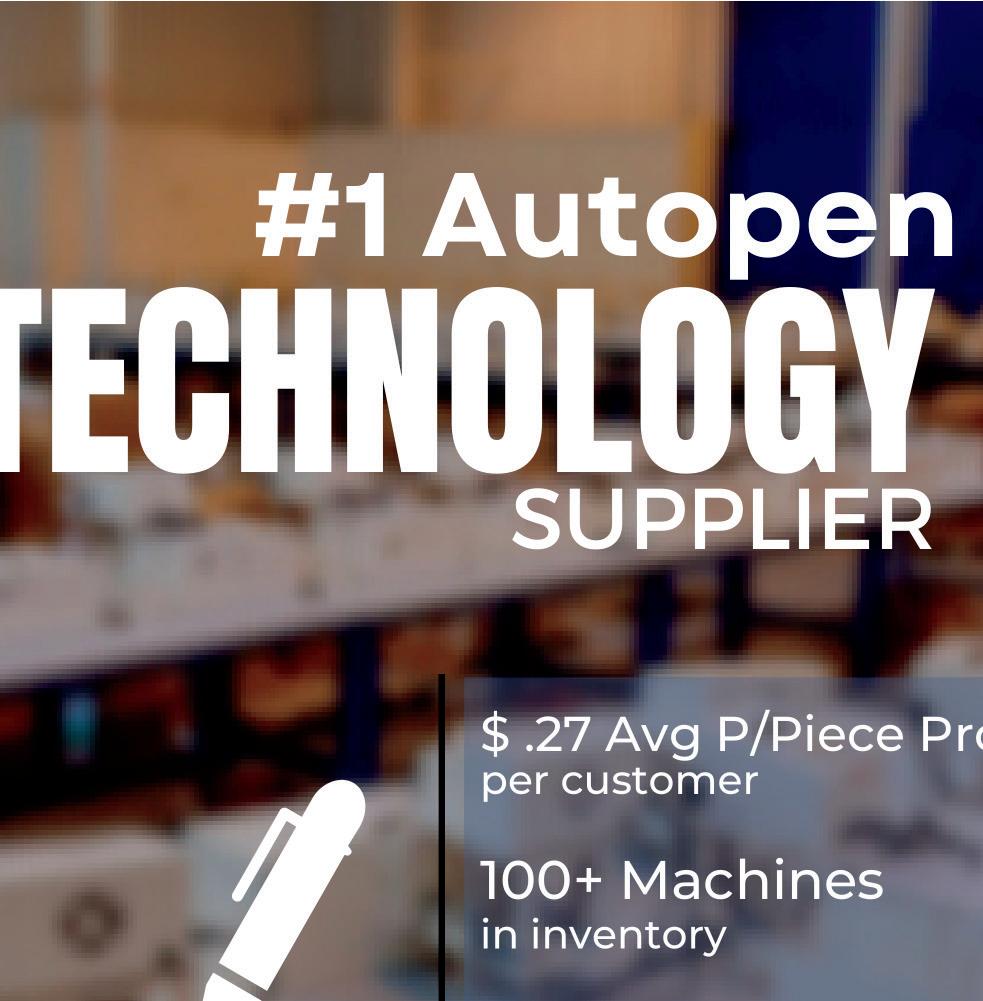
His book, Your Team Can Soar!, has 42 valuable lessons that will inspire you and give you practical pointers to help you — and your team — soar to new heights of performance. Wes can be contacted at wesmfriesen@gmail. com or at 971.806.0812.
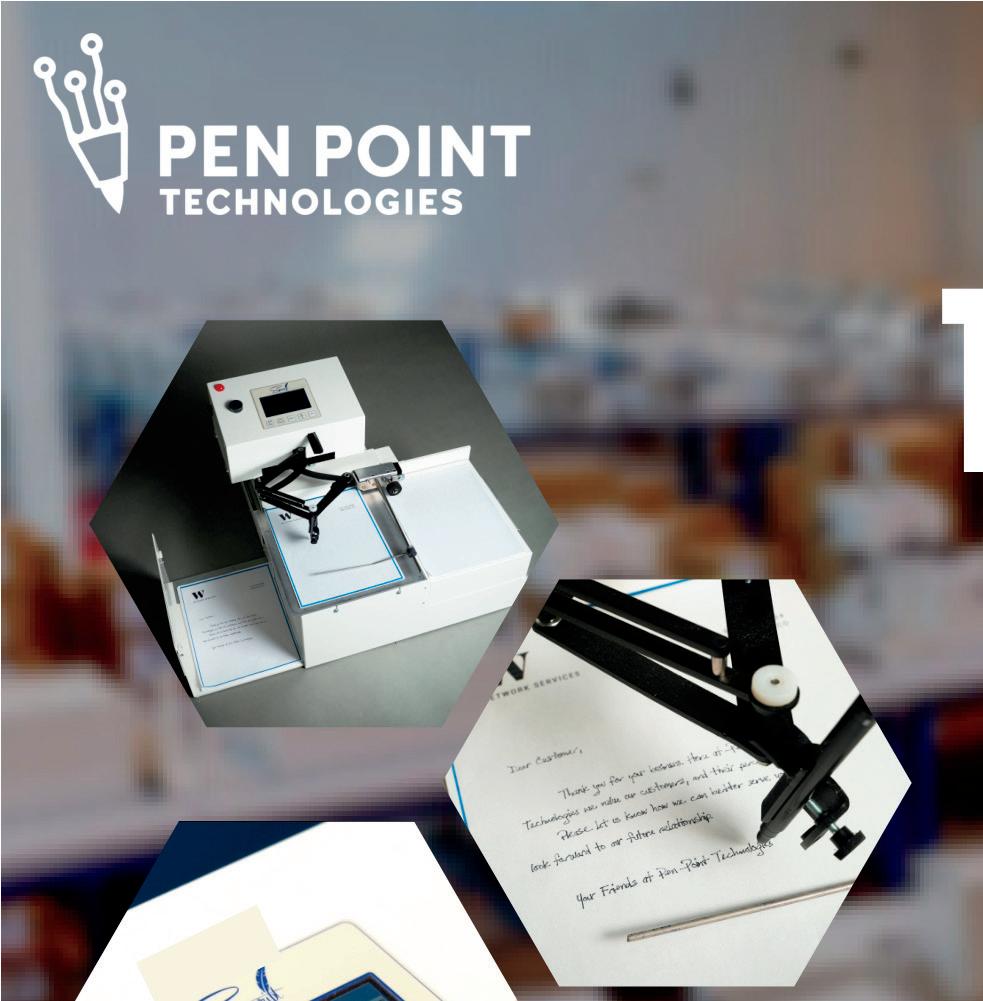
MailingSystemsTechnology.com | NOVEMBER-DECEMBER 2022 7
SUBSCRIBE FOR FREE!
DO MAILERS REALLY NEED POST-PRESORT SOFTWARE?
BY LISA LESLIE
It doesn’t matter whether you’re a mail service provider (MSP), commingler, or you handle your own mail. Anyone who submits Mail.dats to PostalOne! — whether they’re a mailer of one million mail pieces a year or one billion — already uses data-cleansing and presort software to optimize data and workflow while max imizing postage savings. Presort creates your Mail.dats so you can submit jobs up to the Business Customer Gateway (BCG). Also, if you’re not in Full Seamless Acceptance yet, you likely will be soon. So why would you need more software if presort creates your Mail.dats?
Post-presort solutions help to simplify, automate, and improve how jobs are processed. This can be a real gamechanger because with a good solution, you don’t need a Mail.dat expert to make
changes or confidently submit jobs, and you’ll significantly reduce the likelihood of costly errors occurring.
If you answer YES to any of the following questions, a post-presort solution can help you as your business evolves:
Do you receive Mail.dats from customers and find that they consistently provide files with missing or incorrect data?
Do you ever create Mail.dats and then find out that things like piece weights, dates, thickness, or tray sizes are not correct?
Are there times when, for any number of reasons, you can’t mail an entire job in one day (or are directed not to); is there an easy way to process a partial job?
Would it be helpful (and cost-effective) to be able to view and quickly combine trays, change destinations from SCF
to NDC (or vice versa) and otherwise manipulate jobs?
How many times do you need to create courtesy pallets and/or sibling trays but find it’s in no way easy or simple?
Do you use drop shippers and have to wait 24-48 hours (or longer) to get pricing?
Have you looked at using Priority Mail Open and Distribute (PMOD), but it seems like too much of a hassle?
What if you could submit many jobs up to the Gateway simultaneously (without having to directly use the MDR Client)?
Do multiple people have to log into the Gateway to retrieve the USPS statements that they then have to copy, hand out, and file? Would an automated way to download statements and reports to a network folder be helpful?
Would it save you time and effort if the MDR Client was updated for you every time a new version was available?
Is there an easy way to check that all of your pallets make it onto the right trucks, and that the IMbs always match back to the eDoc?
Do you go to the Gateway daily to retrieve your Mailer Scorecard? Weekly? Or do you check only after you’ve had issues with errors?
Without a post-presort solution, you can’t update or add even basic information without having to run the whole file back through presort. This creates multiple versions of Mail.dats and exposes you to possible mismatches between the Mail.dat and the eDoc that’s submitted, resulting in undocumented piece errors. Additionally, if you aren’t checking your scorecard at least weekly, you are missing an opportunity to correct issues early and pinpoint where they occur. Here are some of the ways a good postpresort solution helps you simplify tasks, avoid errors, and expedite processing:
Before producing your mail, check for any mismatches between CRID/MID/ STID data and ensure that you’re using the latest labeling list and have applied incentives correctly. This saves you the time and cost of reprinting when you find out there are issues after the fact.
8 NOVEMBER-DECEMBER 2022 | MailingSystemsTechnology.com SOFTWARE BYTE
Make changes and update Mail.dats — not having to run files back through presort, saving time and removing the potential major issues due to multiple versions that are created.
Quickly compare drop shipping costs on-the-fly (vs. waiting 24-72 hours to get pricing from each vendor).

Easily calculate pricing for each entry point along with drop ship savings prior
to purchasing postage, so you can easily comparison shop. Then, process PMOD shipments with or without using a Mail.dat.
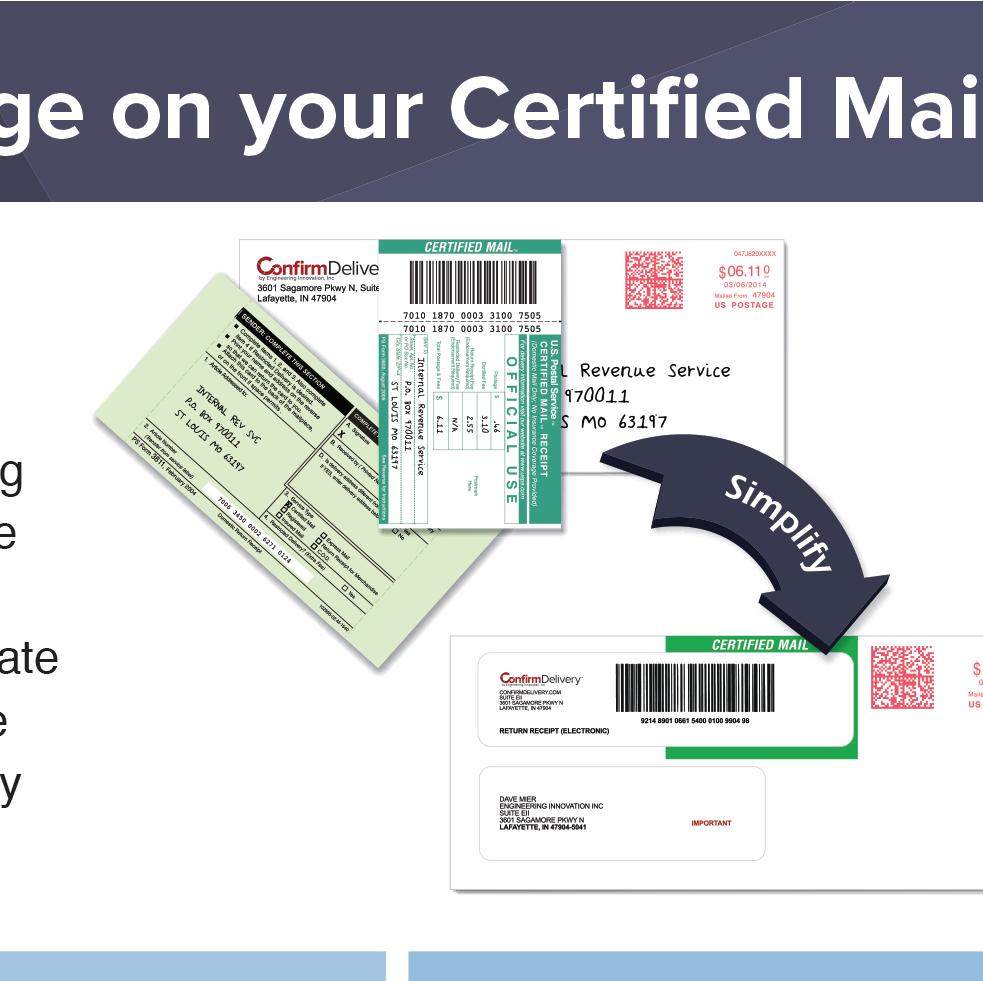

Create necessary paperwork, submit jobs to PostalOne! automatically, so you don’t need to waste time and effort babysitting jobs in queue.
Automate the downloading of statements using a consistent naming
convention so it’s quick and easy to find and forward statements to clients.
Provide additional QA at the end of the process to check that piece, tray, and pallet IMbs on the warehouse floor match your eDoc to avoid costly errors.
Offering a repository for all Mail. dats (and commingle data) makes it much easier to research and create documentation, should you ever get an assessment.
If you ever struggle with processing jobs or wonder if there’s an easier, faster way, the good news is that today’s postpresort solutions are equipped to help you improve your workflow and your bottom line.
MailingSystemsTechnology.com | NOVEMBER-DECEMBER 2022 9
Lisa Leslie is Strategic Account Manager for BCC Software, a BlueCrest Company.
SUBSCRIBE FOR FREE!
If you ever struggle with processing jobs or wonder if there’s an easier, faster way, the good news is that today’s post-presort solutions are equipped to help you improve your workfl ow and your bottom line.
MARKETING DESIGN WITH AGE IN MIND
BY KAREN KIMERER
Modern consumers are complex creatures, and marketers have their work cut out for them if they want to reach new customers. More than ever before, today’s brand owners must carefully tailor their efforts to appeal to their customers’ unique buying habits. Consumer values have fluctuated over time as political and economic climates have changed. Brand owners must consider their messaging, design, and imagery in everything from postcards to marketing collateral. This is the only way to ensure that campaigns come together and are relevant to the intended audience.
Marketing budgets can be impacted when campaigns fail to consider generational differences. There are, of course, exceptions to every rule, but the members of a given generation will tend to behave similarly. As a result, it is important for brands to understand these differences so they can attract attention in today’s market.
Generational Marketing
Some of you may have seen the famous meme featuring Steve Buscemi from the “30 Rock” TV series. He’s carrying a skateboard, wearing a backwards baseball cap, and a “Music Band” T-shirt. The caption reads, “how do you do, fellow kids?” This image has been used in many humorous and topical ways to satirize that ever-present generation gap. In some cases, this meme is aimed at brands that fall flat in their attempts to reach younger generations.
What can your company do to avoid making this same mistake? Building customer personas by generation is a good start. In doing so, you can create segmented campaigns that may resonate more deeply than a “one-size-fits-all”
approach. As a reminder, the marketable ages to consider include:
Baby Boomers, born between 1946 and 1964
Generation X, born between 1965 and 1980
Millennials, born between 1981 and 1996
Gen Z, born between 1997 and 2012
Although the above years may vary slightly from source to source, these groups represent a cohort of people at comparable ages who have been shaped by shared experiences. These include major life events, trends, and developments.
When you identify specific generational values, you can be better positioned to connect consumers with your products and services. For example:
Baby Boomers and the members of Gen X often have long-standing routines and lifestyles, so they tend to be more loyal to brands than their younger counterparts. They have likely tried a lot of products during their lives, so they know exactly what they like and don’t like.
Millennials and the members of Gen Z value information, transparency, and authenticity in their brands and are more open to exploring their options.
If two brands hold similar values, the younger generations are more likely to align themselves with the one that can deliver a relatable message.
The Importance of a Good Communication Design
To clarify our earlier example, Wikipedia defines a “meme” as an idea or behavior that spreads via imitation. Online, this can take the form of images, videos, and words, which are often used in conjunction to create an unexpected
and clever take on a subject. This is the essence of communication design.
Communication design connects images, words, and relevant materials to an audience. Graphical design tends to focus on the technical aspects of a presentation — the color and layout. While it is inclusive of graphic design, communication design strives to ascribe meaning to each individual component. Every visual, every word, and the overall presentation are carefully constructed to convey a message and create engagement for the intended recipient. The elements are balanced to immediately draw the eye to the pertinent information while subconsciously processing and associating with the other design choices.
Communication design also includes the use of tech-supported features. Whereas Millennials were young adopters of the digital transformation, the members of Gen Z are “digital natives” who have only known a world with the internet. Both of these groups have strong handles on social media and pay attention to online reviews. The eldest members of Gen Z have graduated college and/or entered the workforce, bringing a proclivity for the latest trends.
Younger consumers respond well to personalized print and messages that speak specifically to their needs. When marketing to Gen Z and Millennials, you may want to include designs that encourage technological interaction, such as QR codes or Augmented Reality. Create hashtags for printed communications that enable these consumers to engage with on social media. Their retention as customers can often be fostered with loyalty and rewards programs.
On the other hand, Baby Boomers and Gen Xers may prefer something less complicated and more direct. Many Boomers won’t hesitate to pick up the phone, so a call to action that includes a phone number may yield better results than an online only connection. According to Pew Research, Baby Boomers started retiring at an accelerated rate since the start of COVID-19. Once they enter retirement, Baby Boomers are more likely to splurge on big ticket items. When attempting to connect with Boomers, an opportunity to upsell complementary products and services exists.
Meanwhile, the members of Gen X may display more rigidity in their regimens and finances. Quality-of-life improvements that don’t intrude greatly on their established
10 NOVEMBER-DECEMBER 2022 | MailingSystemsTechnology.com INKJET INFO
routines may be especially appealing. Coupons and bulk deals are a great way to attract their attention, and direct mail is still an effective means of communication. According to The Gen-X Marketing Guide, 68% of Gen Xers have used coupons they’ve received in the mail.
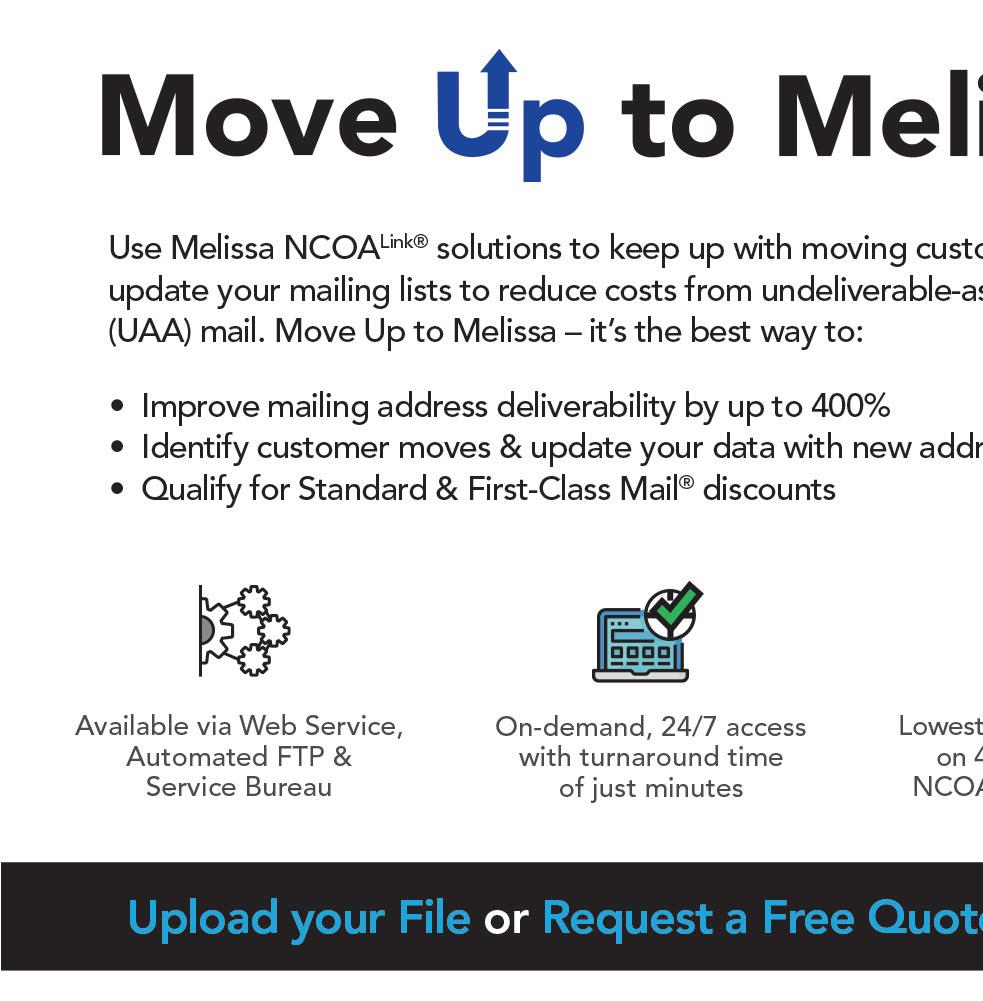
Moving Toward the Future
Nothing is written in stone when it comes to print and design for the various generations. Millennials now represent the largest population in the US workforce, accounting for 35% of the total. For comparison, 33% of US employees are Gen Xers and 25% are Baby Boomers — but this latter value is shrinking. As time goes on and the members of Generation X move toward retirement, it’s difficult to predict whether they will adopt the same beliefs and practices of today’s Boomers. It is important to stay current on the trends with each generation because their values and the ways they relate to brand messaging continue to be fluid.
Millennials and older members of Gen Z are now having their own kids; those born after 2013 have been dubbed “Generation Alpha.” When designing a direct mail

campaign, it doesn’t hurt to develop a persona for today’s youngest consumers. Members of Generation Alpha might not have much in the way of buying power, but their parents certainly do. Consequently, consider age-appropriate color palettes and familiar imagery when designing a family-oriented or cross-generational mailer. In this case, the goal is to make the parents identify with the design based on the interests of their children. Better yet, provide a nostalgic trigger that reminds parents of their childhood interests to draw them closer to your brand and its message.

The modern educational and workforce challenges for the members of Generations Z and Alpha certainly don’t mirror those of earlier generations, so updated personas are extremely important. In addition to delivering eye-grabbing images and messaging that aligns with a given generation, the right persona can serve as a guard rail so brands can avoid the disconnect of a Steve Buscemi meme.
The Bottom Line
Making generalizations about the various generations is a wide net to cast, and it also isn’t foolproof — there are exceptions
to every rule. The members of a given generation will often act in similar ways, but there will always be consumers who simply don’t fit the mold. Each generation also comprises a broad age group. Gen Z alone ranges from early adolescents/ tweens to recent college graduates. Even so, the members of a generation will often have shared influences that determine their mindsets.
Generational marketing is a proven way to supplement a demographic marketing approach. At its core, marketing is about engaging the intended audience. By understanding the things that are important to a given generation, a brand can adjust its messaging to motivate its intended audience to take action.
Karen Kimerer of Keypoint Intelligence has experienced the many challenges of expanding current market opportunities and securing new business. She has developed a systematic approach to these opportunities, addressing the unique requirements of becoming a leader in our changing industry. She is well-versed in 1:1 marketing, web-to-print, direct mail, book publishing, supply chain management, data segmentation, channel integration, and photo products.
MailingSystemsTechnology.com | NOVEMBER-DECEMBER 2022 11
SUBSCRIBE FOR FREE!
THE TRENCHES
WHAT’S YOUR BACKUP PLAN?
BY MIKE PORTER
You might call it a disaster recovery (DR) plan, redundant operations, or business continuity strategy, but your mail center should have something in place that allows you to con tinue processing the mail should an event occur. As many companies learned in 2020, your business doesn’t need to experience a natural disaster to run into rough times where an alternate processing plan would be beneficial.
Mail centers often think of DR only as a document production facility that’s offsite. Terms such as hot site, cold site, and warm site describe an organization’s readiness to move their physical produc tion away from their primary facilities. Most people imagine disasters as local or regional episodes. Many mail centers con tract with national firms who specialize in print/mail disaster recovery. Certainly, mail centers processing critical work for their companies or clients need solutions for traditional disasters. If events render the document processing facility inoperable, you need somewhere to go!
But you also need a plan for other occurrences that can cripple your produc tion capabilities, and possibly everyone else’s at the same time. Your building and equipment need not be ravaged by fire, tornados, or floods to suffer an extended shutdown. With a national (or global) event, the DR services firms may be unable to meet the demands of all their clients simultaneously, leaving your company with no way to meet customer commitments.
An Expanded Definition of Disasters
Widespread absenteeism caused by COVID-19, the flu, or any other disease that spreads across your operation puts deadlines in jeopardy. Labor disputes can have a similar effect.
If you’re a print/mail service provider, missing SLAs because you don’t have enough operators to run shifts at full pro duction could get expensive. In-plant mail centers that can’t get the invoices out on time or must delay processing incoming payments because of short staffing will hurt corporate cash flow. In some situa tions, missing mailing deadlines can put your organization at risk for fines or other regulatory actions.
Workforce availability or weather conditions aren’t the only possible pro duction disrupters. Today, you can’t turn on the news without hearing stories about supply chain issues. If you can’t get parts to repair your equipment, your envelope supplier limits order sizes, or ink becomes scarce, you’ve got much of the same issues as if your facility suf fered a flood or fire.
Need something else to worry about? How about global warming? Whether you believe climate change is a problem worthy of international action or not, you can’t ignore the fact that some commu nities implement rolling blackouts when excessive heat puts a strain on the elec trical grid. Not only will your equipment not operate when there’s no electricity, it could take several hours to restore the temperature of your facility to a
level where it is safe for your workers to run the equipment. Plus, temperature fluctuations can affect paper products, resulting in more jams, decreased throughput, and an increase in reprints. You might even have to discard some paper stock. Swift delivery of replace ment paper may be impossible.
External circumstances totally out of your control can also prevent your mailed material from reaching the intended recipients on time. What if there’s a truck ing strike? Now that the USPS distributes most mail overland, a labor dispute could strand whole trucks full of mail. Your print/ mail facility may not be fiscally responsi ble for such an occurrence, but delivery delays certainly impact your internal or external customers. Even worse would be a significant terrorist attack because they come with no warning. With a grow ing state of global unrest, we cannot rule out the possibility, which could be a cyber-attack.
Data Recovery and Portability
In the old days, print/mail DR concen trated on the physical aspects of an operation: Pre-printed forms, inserts, and envelopes were a major focus. Finding a DR partner with the infrastructure to pro cess your proprietary print streams was a major qualification point.
Today, the data drives the document production workflow. If your facility was disabled, would you have access to all the data you need to start production at a different site? Would that data be cur rent? Do you back up the data online so you can restore the information at the alternate location?
No one can create a DR plan that pre pares them for interrupted operations from any possible cause. You can, how ever, do some things now to improve your response, should it ever become necessary. The DR plan you created several years ago may not protect your operation today.
Updating Your DR Plan
One of the first activities to launch when updating your DR plan is assessing the impact of each job you run. What will hap pen if you can’t create certain pieces of mail? What business groups are affected? How long can you be down before it becomes a problem? Where does each document application fall on the prior ity list when you begin recovery efforts?
12 NOVEMBER-DECEMBER 2022 | MailingSystemsTechnology.com
Unless you have total hot site redundancy, an event forces you to make choices about which work you will process in a DR situation and which ones will wait.
Another aspect of your revamped DR plan will be communications. In situa tions like the pandemic, circumstances change rapidly. How will you commu nicate developments to your clients, suppliers, and employees as you adjust to evolving situations?
Something your old DR plan probably didn’t mention was dealing with employ ees. You may want to reward those that show up and work hard in undesirable environments. If your regular employees cannot come to work or refuse because of personal safety concerns or caring for family members, consider how you will replace them temporarily. Where will you find these temporary workers, how will you train them, and what incentives will you offer when labor is in high demand?
If you should need to activate your DR plan, how long before it is opera
tional? You’ll need to know this so you can set expectations for your customers and coordinate the efforts of partners, vendors, and employees as you begin recovery efforts.
A written and published plan is an important step, but a regular testing schedule can be the difference between a smooth transition and one that fails. Over time, job characteristics change. New technology is introduced, custom ers update their document formats and modify data layouts, and equipment is upgraded. Test your plan regularly to ensure all the components of the plan will still produce the desired results when the time comes.

Nobody likes to do disaster recovery planning. It’s not very interesting work, and it’s easy to put off. Well, all that boring planning work you avoided will be offset by plenty of drama and excite ment should an event occur, and you find you didn’t plan adequately. While you are scrambling around trying to start
producing mail again, the lifeblood of your organization, revenue, has ceased to flow. A lengthy recovery caused by an ineffective DR plan can put your organi zation in serious financial peril.
Make it a priority to crack open your old DR plan and compare the document to current requirements. If it falls short, take steps now to update your strategy. Add to your definitions of a disaster to include conditions that were never considered just a few years ago. Make your company one of those who heroically handles the difficulties of severe events that disrupt production and keeps the mail moving for your customers.
Mike Porter at Print/Mail Consultants helps his clients meet the challenges they encounter in document operations and creates infor mational content for vendors and service providers in the document industry. Follow @PMCmike on Twitter, send a connection request on LinkedIn, or contact Mike directly at mporter@printmailconsultants.com.
MailingSystemsTechnology.com | NOVEMBER-DECEMBER 2022 13
SUBSCRIBE FOR FREE!
OUR ANNUAL WAGE & OPERATIONS SURVEY
What do
readers think of
By Amanda Armendariz
the
USPS and other current industry events?
As always with these annual surveys, the results seem to be a mixed bag. On the one hand, the Postal Service’s performance has greatly improved in the eyes of mailers compared to our 2021 survey results. On the other hand, the number of people who think direct mail is an effective and trusted communication method went down compared to last year, and the number of people who say they don’t plan to utilize USPS initiatives like Informed Delivery and Informed Visibility went up as well. Neither of these items are a positive for our industry, especially in the face of declining mail volumes (despite the fact that we know mail is a trustworthy and effective communication method, especially when combined with digital efforts).
Take a look at the results and see how your opinions compare to those of your peers. We’ll keep tracking and bringing you the industry trends, so thanks for trusting us as your industry resource.
USPS Performance, Programs, and Current Events
The number of people who reported the performance of the United States Postal Service as “excellent” doubled compared to last year, which is en couraging. Even more exciting is the fact that while last year, 16% of re spondents reported the USPS perfor mance as poor, this year, that number was a scant two percent.
COVID-19 and Your Mail Operation
Our mail volumes have dropped significantly since the start of the pandemic.
Our mail volumes dropped at the beginning of the pandemic but have since recovered
We have not really noticed a difference in terms of volume we send out.
We have actually increased our mailing volumes.
The number of mailers who reported their mail volumes dropping since the beginning of the pandemic went up slightly compared to last year. However, on a positive note, almost a quarter of respondents reported that their volumes have actually increased since the beginning of the pandemic.
If you have decreased the amount of mail you send out, have you noticed a negative impact in terms of customer retention, customer engagement, revenue, etc.?
14 NOVEMBER-DECEMBER 2022 | MailingSystemsTechnology.com 37% 19.5% 19.5%
our
Good Excellent Fair Poor 54% 12% 32% 2% 42% NO 39% Unsure 19% YES
24% PART TWO
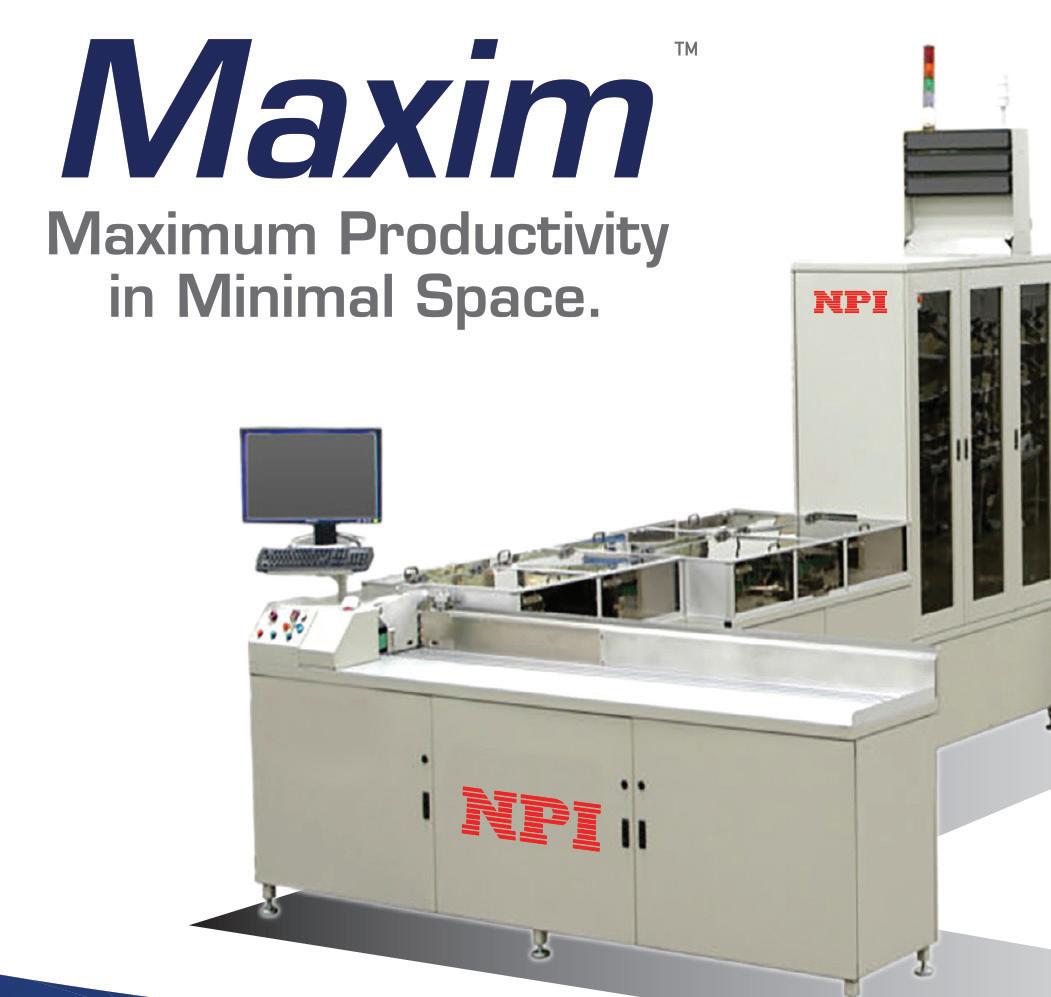
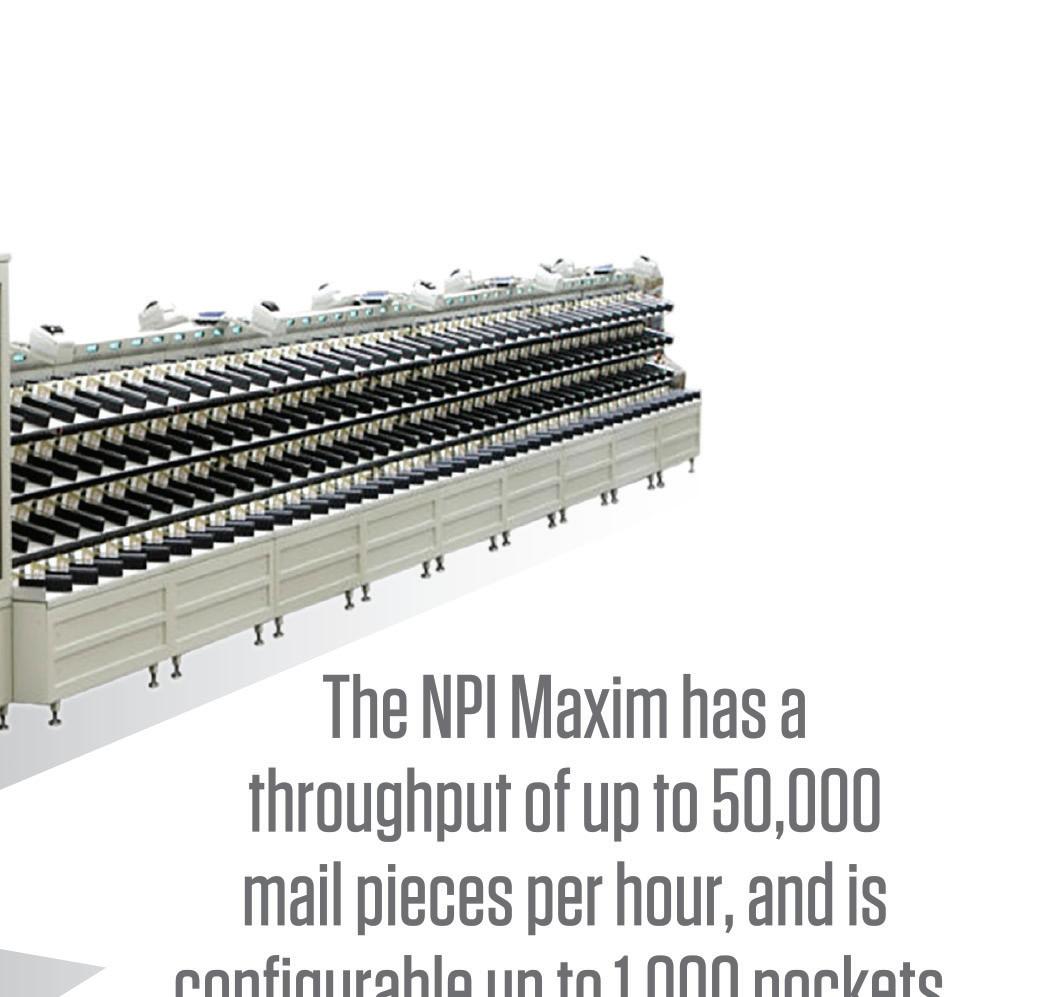

MailingSystemsTechnology.com | NOVEMBER-DECEMBER 2022 15 In 2021, “timely delivery” was our respondents’ number-one issue with the USPS, while inconsistency was
second
inconsistency
concern,
by delivery accuracy. Address corrections Communication/information Delivery accuracy Flexibility Hours of operation Inconsistency Mail acceptance Pickups/drop-offs Postal personnel Rates/pricing Regulations confusing or burdensome Reliability Returned mail Supplies availability Timely delivery Tracking None 0% 7% 15% 2% 7% 22% 0% 2% 2% 12% 5% 2% 2% 5% 12% 0% 2% Unfortunately,
We
IV
We
We
We
Other 90 100 80 70 60 50 40 30 20 10 0 46% 10% 22% 12% 10% SUBSCRIBE FOR FREE!
in
place. This year,
is the number-one
followed
the number of people who report having no plans to incorporate Informed Visibility went up significantly compared to last year.
utilize
and have found that it allows us to better time our multi-channel marketing efforts.
utilize IV but haven’t seen any concrete results yet.
have not yet started utilizing IV, but plan to.
do not plan to utilize this offering.
The number of people who reported seeing great results from Informed Delivery went up slightly compared to last year, but the number of folks who reported having no plans to utilize ID went up much more. Since the USPS is pushing pretty hard for mailers to incorporate ID into their campaigns, these aren’t the numbers we want to see.
We use ID, and we’ve seen great results from our customers!
We participate in ID, but I don’t know that we’ve seen any concrete results from it.
We do not yet participate in ID, but we plan to.
We don’t take part in ID, and we have no plans to.
Other
When it comes to the various promotions the USPS offers, this year’s split was almost identical to last year’s. It’s unfortunate that more mailers aren’t incorporating these postage-saving programs.
What is your view of electronic communication methods as used by your organization?
I embrace electronic communication methods because I believe that digital and physical mail should work together in communication efforts.
I embrace electronic communication methods because I believe they are more efficient than physical mail pieces, which eventually will be eliminated.
There has been a lot of talk that the USPS should focus more on the package side of things in order to increase revenue and remain relevant in an age of declining mail volumes. Do you agree with this approach? Yes
Both packages and mail are equally important and should be treated as such
I am against electronic communication methods because I am fearful that physical mail will be replaced.
I am against electronic communication methods because I personally prefer my information in hard copy format.
The Postal Service Reform Act of 2022 was signed into law on April 6. One of the most noteworthy aspects of the bill was the elimination of the requirement to pre-fund retiree healthcare benefits. In your view, will this reform act solve the USPS’s financial issues?
16 NOVEMBER-DECEMBER 2022 | MailingSystemsTechnology.com
40% NO 55%
5% YES
Partly, but it’s not enough
No
25% 67% 8% 80% 10% 3% 7% YES 53% NO 47%
90 100 80 70 60 50 40 30 20 10 0 54% 7% 22% 7% 10%
SUBSCRIBE FOR FREE!
The number of respondents who reported seeing direct mail as a trusted communication method that gets great results went down 10 percentage points compared to last year, and the number of mailers who said they’d soon focus solely on digital efforts doubled.
Compliance 45% 33%
12%
Direct mail is a trusted communication method, and we’ve gotten great results from it.

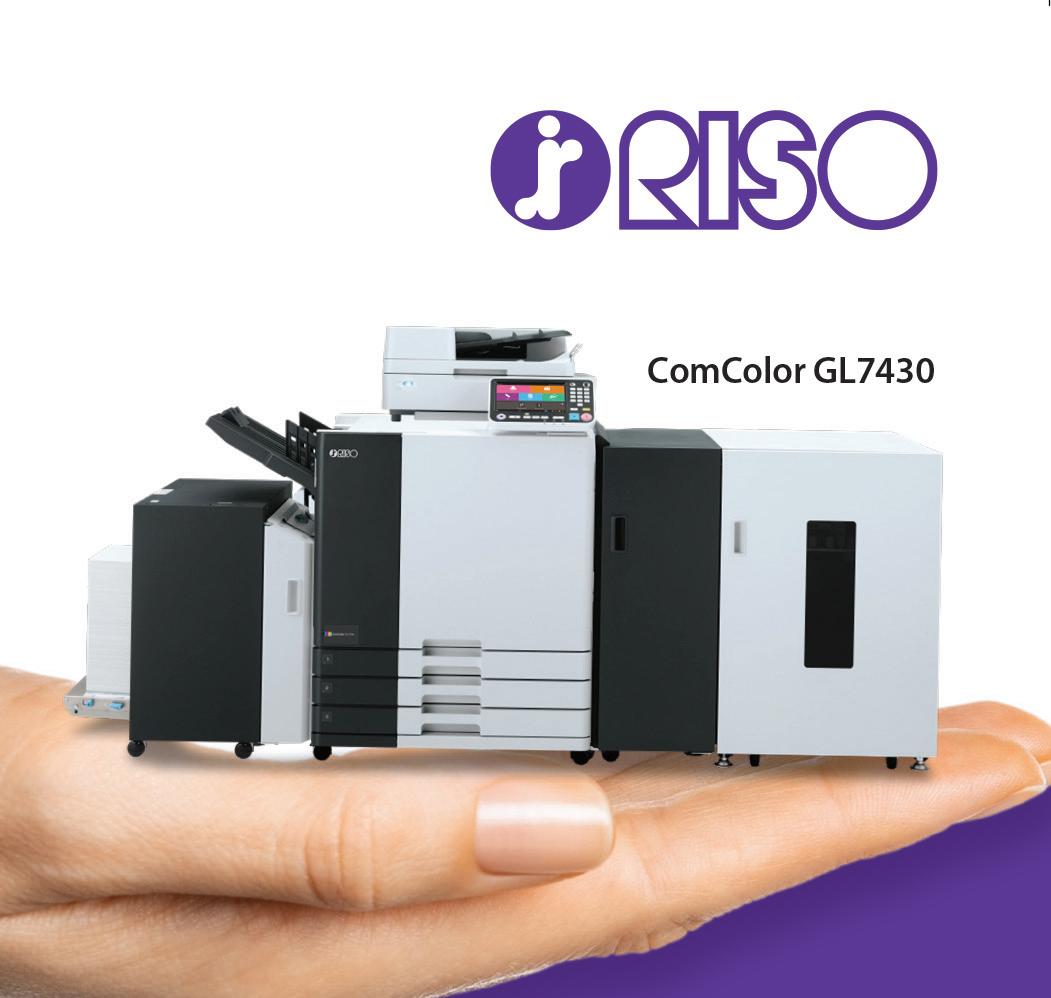
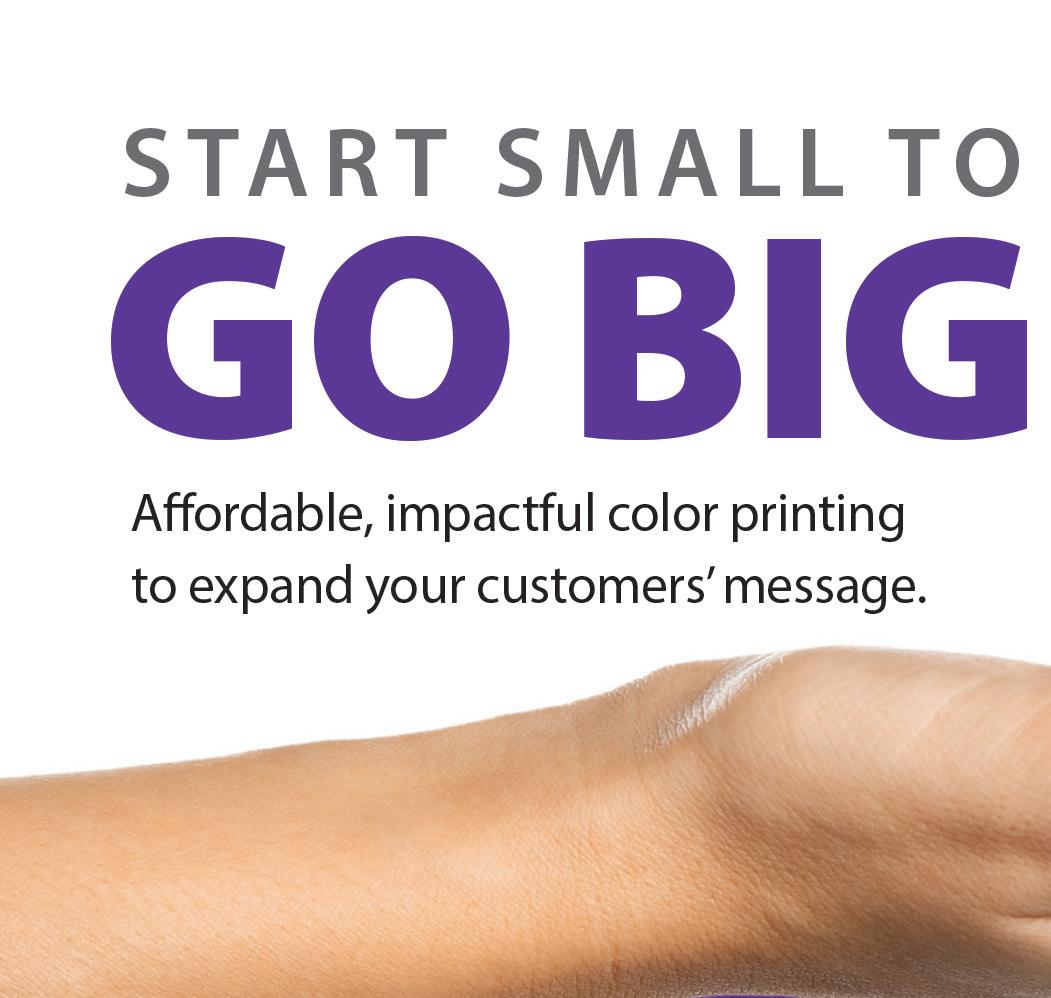
I’m undecided; I think mail is important, but we don’t get the results we used to.
I think we’ll eventually abandon mail and focus solely on our digital efforts.
Other 10%
MailingSystemsTechnology.com | NOVEMBER-DECEMBER 2022 17
What is your number-one issue in managing your mail center?
with postal regulations Customer relations Facility is inadequate Inadequate equipment/Equipment maintenance Personnel issues (motivation, attendance, hiring, etc.) Productivity or efficiency Relationship with USPS employees Safety and security Scheduling Time management Timely delivery of mail Training of staff Turnover Understanding/support of upper management Volume spikes/changes Workload
Other 8% 5% 11% 0% 13% 3% 11% 0% 3% 3% 8% 3% 13% 3% 5% 0% 0%
BY GREG BROWN
ADDRESS DATA IS EVERYTHING
There is no question that customer relationships and successful business operations rely on great address data. But understanding the need for clean data and keeping it clean are two entirely different things. A few proactive steps and smart tools can keep your data at the top of its game.
Data Validation:
Enter Data Correctly from the Outset
Get data correct from the start. This simple yet brilliant mandate is a critical strategy in the long-term battle for clean address data. Autocomplete tools both complete and verify data in real time, reducing the likelihood of errors and their associated costs. The same solution can also reduce keystrokes, simplifying data entry with autocompletion/ suggestion functionality. As users type, they are shown only valid address suggestions. It’s a step that goes a long way in verifying, standardizing (for faster processing), and consolidating data into its cleanest form possible — immediately as data enters
the system. Mistakes are not perpetuated because they are stopped at the door.
Figure 1 illustrates the scope of cost savings achievable with the implementation of an address validation solution. The example assumes an online shop sends 278 packages per day or nearly 100,000 parcels annually. An average of nine percent are typically undeliverable per year. And while undeliverable packages cannot be completely eliminated, they can be reduced by at least 2/3 with address verification. Just three percent of packages would be undeliverable, shrinking the cost of return shipments by $40,000 annually. Overall, better address management strategies would save the online shop more than $570,000 per year.
Data Enrichment:
Fill
in the Gaps by Adding Missing Data
Schedule a periodic data append to add invaluable missing information to records. Ideally, every record is made as complete as possible by adding data that might

include verified street addresses, email addresses, phone numbers, names, and other key demographics and lifestyle attributes. The result is a more holistic view of your customer based on correct and complete data. Priority data enhancements add value by enabling mailers to more easily identify purchasing trends, using the information to improve engagement and guide more targeted services.
Data Matching: Eliminate Duplicate Records
Use tools that resolve all the distinct representations of what could be just a single customer record.
Smart tools eliminate duplicate data by discerning the best information, selecting the surviving record based on the level of quality of its information. When a single record is established, data managers can effectively link together all touchpoints of customer data for a single 360-degree single view of the customer. Data managers should be aware that dedupli-
18 NOVEMBER-DECEMBER 2022 | MailingSystemsTechnology.com
cation is faster and more affordable when extraneous records are matched using incremental de-duping operations, handled in real time as data is entered.
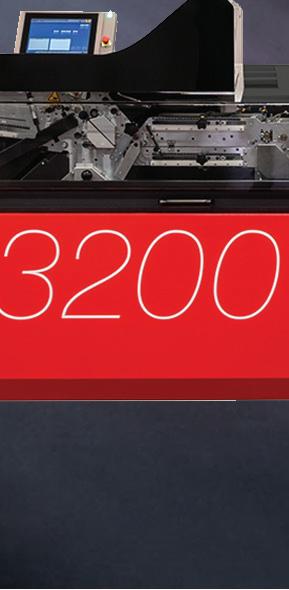


NCOA Processing: Keep Records Up to Date


Work in compliance with USPS’s Move Update requirements, checking a mailing list against the USPS’s National Change

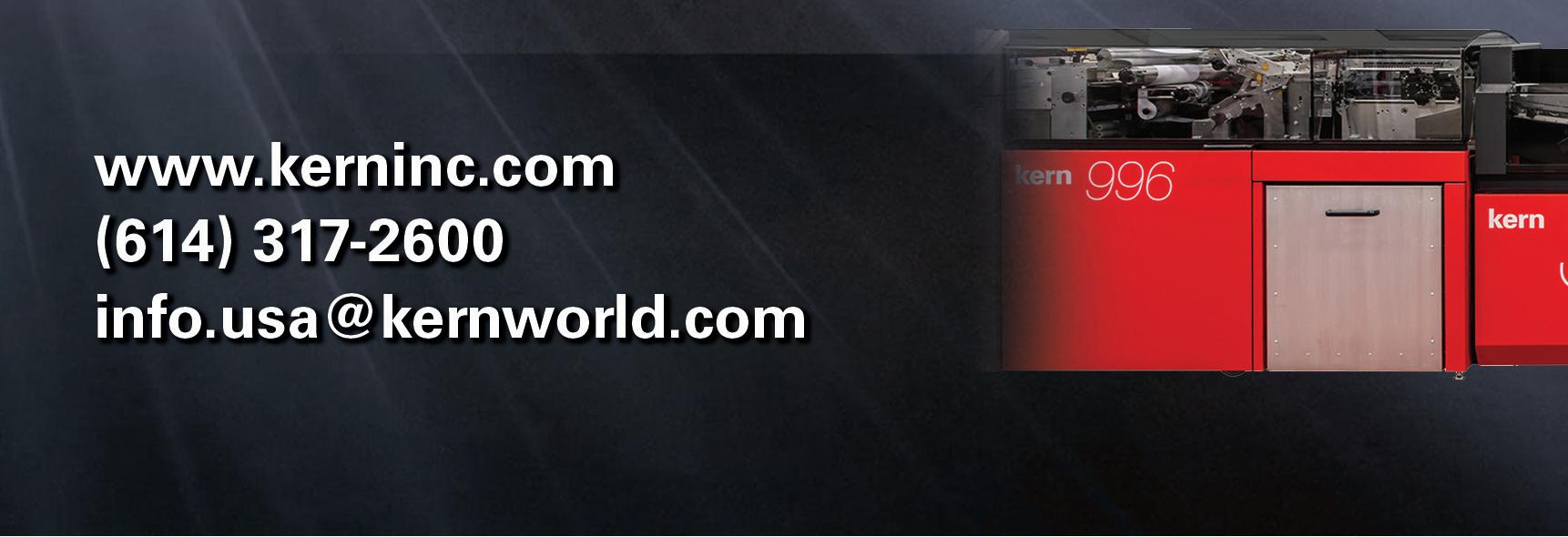
of Address (NCOALink) database. USPS change of address records are noted here, offering the new address if it is available. Mailers can access the previous 48 months of this data via partnership with licensed full-service providers. Today’s work-from-home trend adds another wrinkle, with mailers now needing to recognize the blurred lines between residential and business addresses.
NCOALink is so cost-effective as a Move Update process because it is the only method that identifies UAA before a mailing. In a green solution from start to finish, mailers are empowered to reduce UAA as well as the costs of wasted printing, packaging, and postage. Although NCOALink offers crucial advantages, it is not the only method of updating recipients who have moved. Other USPS-approved, post-mailing options include Address Change Services and Ancillary Endorsement Services; each offers its own range of options that address different mailer needs. To avoid wasting resources and opportunities, mailers must understand the various options and elevate their own focus on address quality.


Residential surcharges as high as $4/ per package are applied to FedEx and UPS services, although USPS does not charge residential fees. In a database filled with incorrect or incomplete data, costs may increase exponentially — better to tap into a Residential Business Delivery Indicator (RBDI) to reduce costs and optimize delivery method prior to shipment.
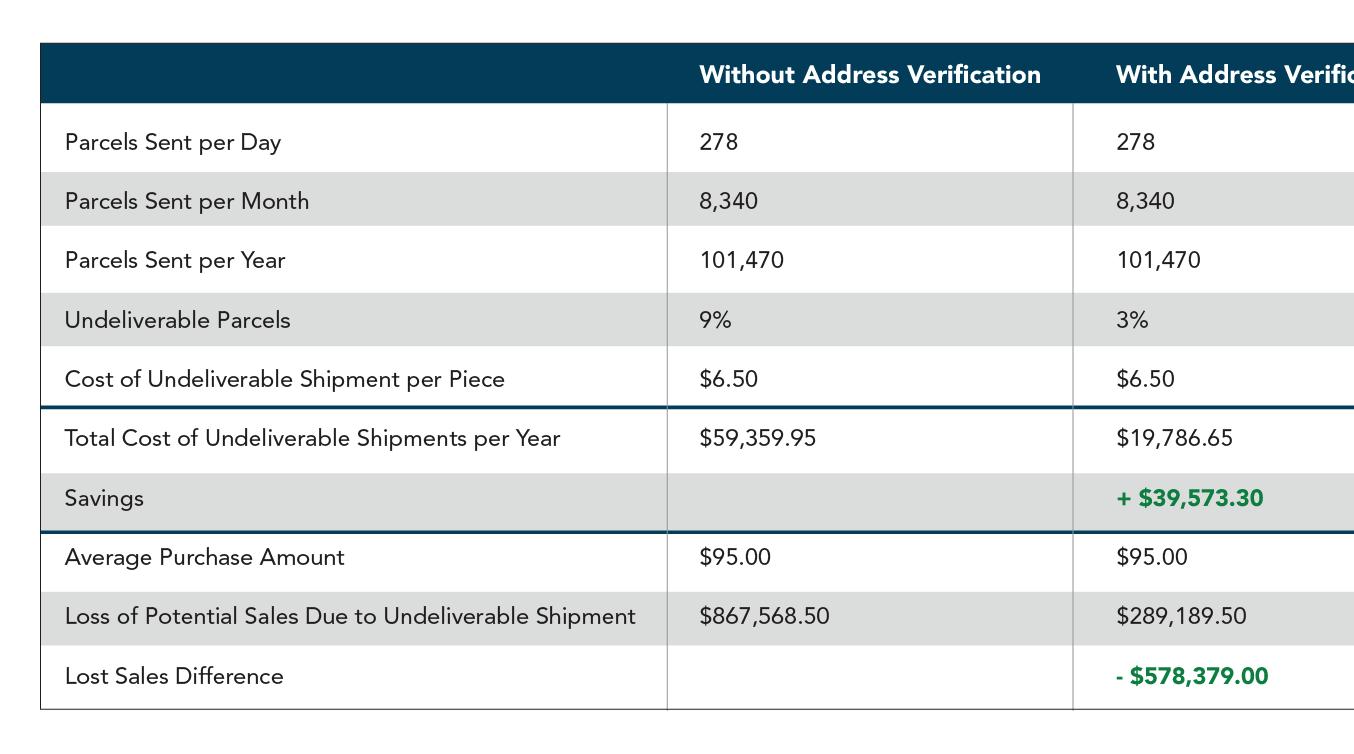


MailingSystemsTechnology.com NOVEMBER-DECEMBER 2022
Figure 1 SUBSCRIBE FOR FREE!
Addresses Are Everything
Addresses are the foundation to business success. Problems result from even simple errors, such as different spellings of names or streets. Updating data continuously helps, considering two to four percent of customer data goes stale each month. That's around 20% to 25% yearly. Consider the data impact of over 40 million people moving every year in the US, along with 2.5 million deaths, 2.3 million marriages, and 1.2 million divorces each year — particularly important for B2C communications. As much as eight
13. Publication Mailing Systems Technology
14. Issue Date for Circulation Data July-August 2022
15. Extent and Nature of Circulation B2B - Controlled
This sample chart illustrates a mailing list of 50,000 recipients with as many as 6,500 recipients undeliverable. By removing bad addresses through address verification, this sender saved approximately $23,000 on postage and material costs. Because this marketer reached the intended audience, its potential sales and earnings has a higher return of close to $274,000. The marketer not only saved by mailing directly to the correct addresses, but increased response rates and earned nearly $300,000 more just by using an address validation process. Publisher’s Note: e U.S. Postal Service requires the following statement be published for Mailing Systems Technology (Periodicals Class) mailings only. Mailing Systems Technology has had a (Periodicals Class) permit since January 1989.
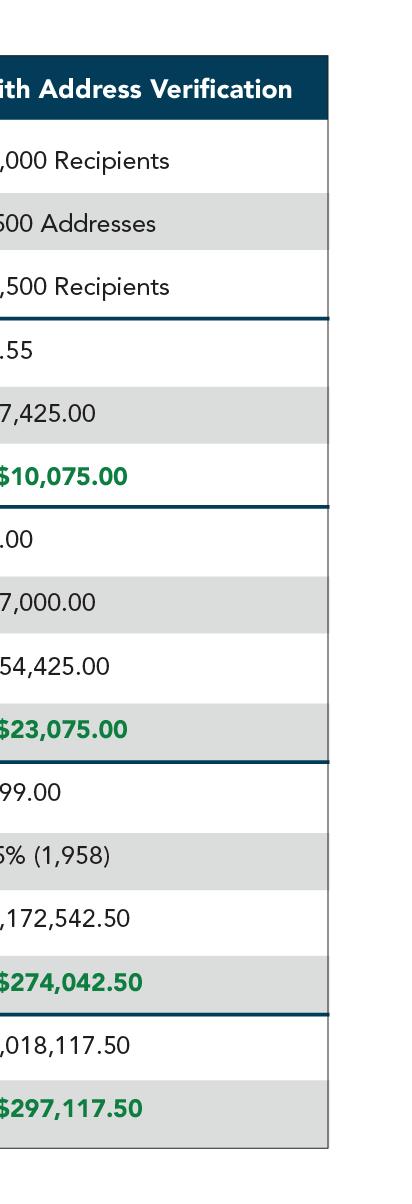
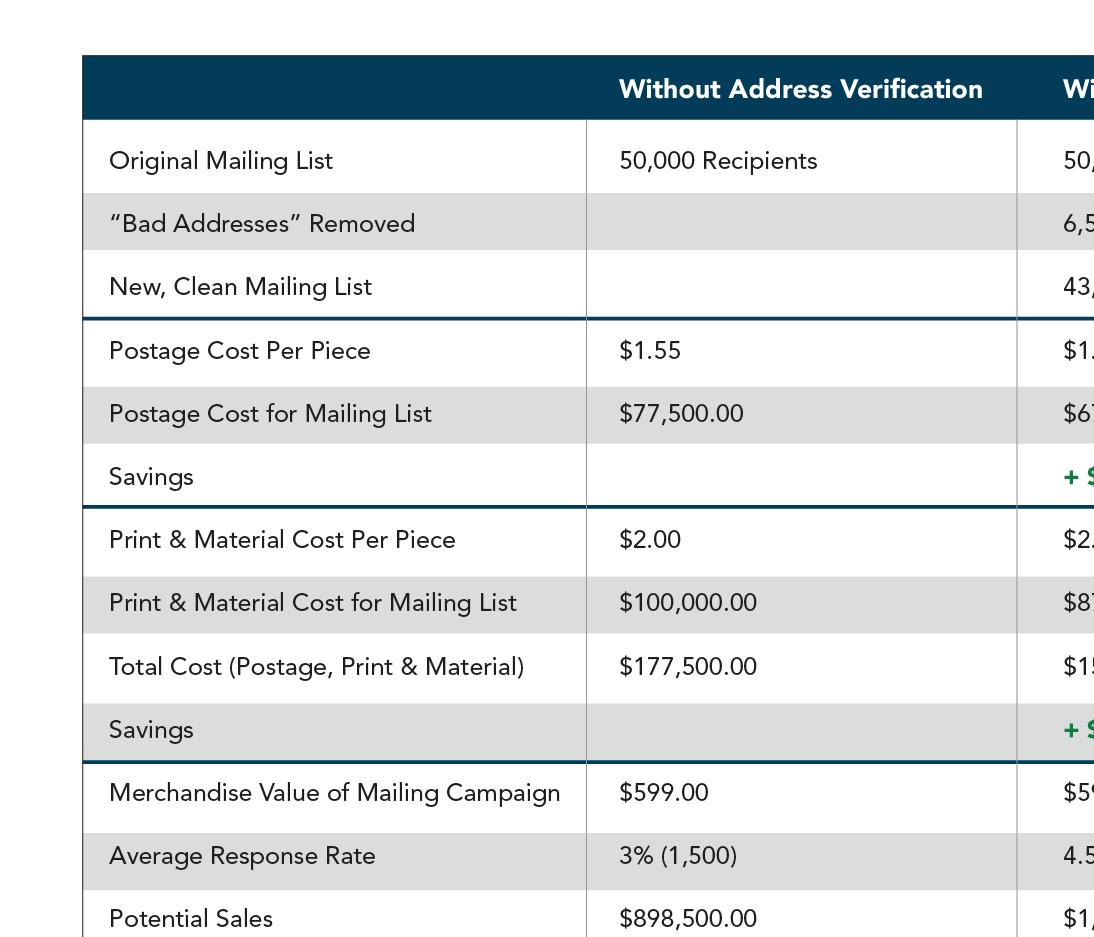
U.S. Postal Service
STATEMENT OF OWNERSHIP, MANAGEMENT AND CIRCULATION Required by 39 U.S.C. 3685 1. Publication Title Mailing Systems Technology

Frequency Jan-Feb, Mar-Apr, May-June, Jul-Aug, Sept-Oct, Nov-Dec
Annual Subscription Price (if any)
Complete Mailing Address of Known O ce of Publication (Street, City, County, State and ZIP + 4)(Not Printer) MadMen3, P.O. Box 259098, Madison, WI 53725-9098
Contact Person Rachel Chapman, (608)446-6200 8. Complete Mailing Address of the Headquarters of General Business Of ces of the Publisher (Not Printer) MadMen3, P.O. Box 259098, Madison WI 53725-9098
9. Full Names and Complete Mailing Address of Publisher, Editor and Managing Editor (Do not leave blank)
Publisher (Name and Complete Mailing Address) Ken Waddell, MadMen3, P.O. Box 259098, Madison WI 53725-9098
Editor (Name and Complete Mailing Address) Amanda Armendariz, MadMen3, P.O. Box 259098, Madison WI 53725-9098
Managing Editor (Name and Complete Mailing Address).......... Amanda Armendariz, MadMen3, P.O. Box 259098, Madison WI 53725-9098
10. Owner (If the publication is owned by a corporation, give the name and address of the corporation immediately followed by the names and addresses of all stockholders owning or holding 1 percent or more of the total amount of stock. If not owned by a corporation, give the names and addresses of the individual owners. If owned by a partnership, or other unincorporated rm, give its name and address as well as those of each individual owner. If the publication is published by a nonpro t organization, give its name and address). (Do Not Leave Blank).
Full Name
Chad Griepentrog
Ken Waddell
Complete Mailing Address
P.O. Box 259098, Madison, WI 53725-9098
P.O. Box 259098, Madison, WI 53725-9098
Josh Vogt P.O. Box 259098, Madison, WI 53725-9098
11. Known Bondholders, Mortgages and other Security Holders Owning or Holding one Percent or more of Total Amount of Bonds, Mortgages or Other Securities None
12. (Must be completed if the publication title shown in item 1 is a publication published and owned by a non-pro t organization). For completion by nonpro t organizations authorized to mail at special rates. e purpose, function and nonpro t status of this organization and the exempt status for federal income tax purposes has not changed during preceding 12 months.
a. Total No. Copies (Net Press Run) 17,680 18,010
b. Legitimate Paid and/or Requested Distribution (By Mail and Outside the Mail)
1. Paid Requested Outside-County Mail Subscriptions Stated on Form 3541. (Include advertiser’s proof and exchange copies) 15,089 17,435
2. Paid Requested In-County Mail Subscriptions Stated on Form 3541. 0 0

3. Sales rough Dealers and Carriers, Street Vendors, Counter Sales and Other Non-USPS Paid Distribution 0 0 4. Other Classes Mailed rough the USPS 0 0 c. Total Paid and/or Requested Circulation [Sum of 15b (1,2,3 and 4)] 15,089 17,435 d. Nonrequested Distribution (By Mail and Outside the Mail)
1. Outside-County as Stated on Form 3541 2,217 537
2. In-County as Stated on Form 3541 0 0 3. Other Classes Mailed rough the USPS 28 28 4. Nonrequested Copies Distributed Outside the Mail 336 0 e. Total Nonrequested Distribution 2,581 565 f. Total Distribution (Sum of 15c and 15e) 17,670 18,000 g. Copies not Distributed (See instructions to Publishers #4 (page #3) 10 10 h. Total (Sum of 15f and g) 17,680 18,010 i. Percent Paid and/or Requested Circulation (15c/fx100) 85.39% 96.86% 16. Electronic Copy Circulation Yes a. Requested and Paid Electronic Copies 3,875 3,314 b.Total Requested and paid Print Copies (Line 15c) + Requested/Paid Electronic Copies (Line 16a) 18,964 20,749 c.Total Requested Copy Distribution (Line 15f) + Requested/Paid Electronic Copies (Line 16a) 21,545 21,314 d.Percent paid and/or Requested Circulation (Both Print & Electronic Copies) (16b divided by 16c x 100) .........................................88.02% ...................... 97.35% 17. Publication of Statement of Ownership for a Requester Publication is required and will be printed in the November-December 2022 issue of this publication.
18. Signature and Title of Editor, Publisher, Business Manager or Owner: Rachel Chapman, Audience Development Manager, / September 13, 2022 I certify that all information furnished on this form is true and complete. I understand that anyone who furnishes false or misleading information on this form or who omits material or information requested on the form may be subject to criminal sanctions (including nes and imprisonment) and/or civil sanctions (including civil penalties).
PS Form 3526-R, July 2014












3.
4.
5.
6.
2. Publication No. 1088-2677
Filing Date September 13, 2022
Issue
No. Of Issues Published Annually 6
Free 7.
Figure 2
percent of all mail sent is undeliverable, cost ing mailers over $20 billion a year.
When mail is misdelivered or undeliver able as addressed, not only do mailers miss the opportunity to engage the intended cus tomer, but they have wasted the working hours of the marketing team, the postage,
materials and printing costs, and jeopar dized their customer’s brand image by sending to an incorrect address. It’s a costly conundrum. (See Figure 2 for a real-world example of potential cost savings.)
Consider the 1-10-100 rule when valuing data and data quality processes (Figure 3).
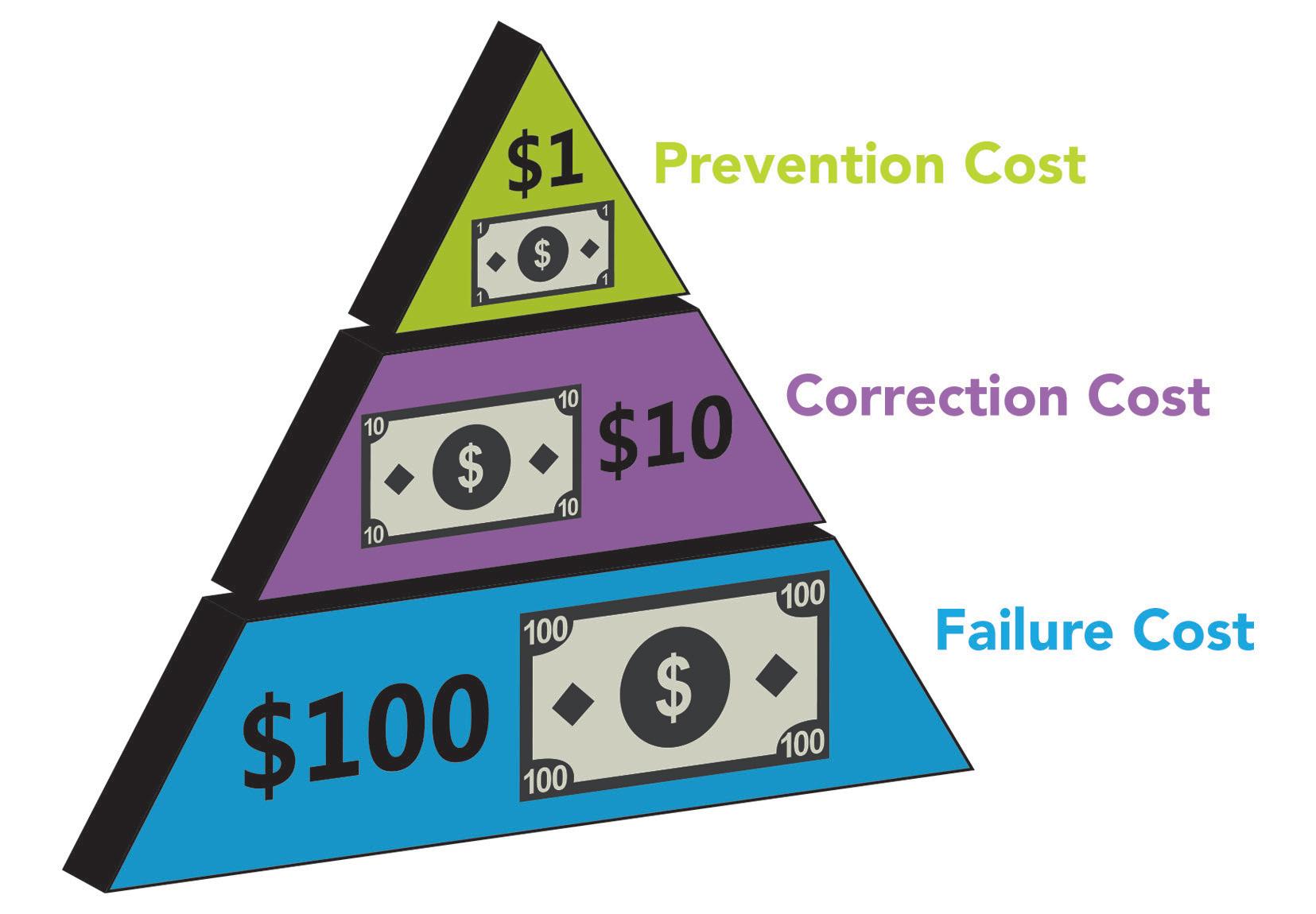
Verifying data at the point-of-entry costs $1 per record. Intermittent data cleans ing costs about $10 per record, including functions such as batch updating and deduplicating records contained in ERP or CRM systems. With no attention to repair ing bad address data, the price tag jumps to a whopping $100 per record, which encompasses the cost of lost opportuni ties, wasted time and materials, unfruitful marketing efforts, a poor reputation, and most importantly, lost customers.
Address data is one of your strongest business assets. Consider your options and choose the right tools for better post age rates and USPS-compliant mail that gets delivered.
Greg Brown is vice president of Melissa (www.melissa. com), a provider of global data quality, identity veri fication, and address management solutions. Melissa is an NCOALink Full Service Provider licensee of the USPS and its MAILERS+4 postal automation soft ware is USPS PAVE Gold certified to presort mail to qualify for postal discounts on First Class, Marketing Mail (Standard Mail) and Periodicals. Connect with Greg at greg.brown@melissa.com or LinkedIn.

Figure 3 SUBSCRIBE FOR FREE!
TRANSPORTATION VISIBILITY IS KEY FOR BOTH THE USPS AND THE MAILING INDUSTRY

















 By Kathleen Siviter and Greg Reed
By Kathleen Siviter and Greg Reed





With all the data being generated today as new and updated technology systems are implemented, the United States Postal Service could be on the cutting edge when it comes to visibility into its transportation network. That is certainly where it is heading, particularly under the current Postmaster General’s leadership with his background in private industry logistics and the strategies articulated in the Delivering for America plan, which includes the implementation of a state-of-the-art logistics ecosystem. Today, the USPS is working aggressively to update its transportation and logistics management systems so that it can leverage data to achieve transportation visibility in a way it never has before.
At the same time, there are key groups that are equally dependent on the USPS’s successful development of a transportation visibility system because they are in the business of transporting mail and parcels — the mailing industry that drop ships a significant volume of mail and parcels into the USPS’s network and the private transportation service providers that comprise the USPS’s surface transportation network.










While many readers are familiar with mailing industry transportation (e.g., drop ship, long haul, etc. of over 80% of the USPS’s Periodicals and Marketing Mail volume, not to mention a significant portion of USPS parcels), some may not be as familiar with how the USPS transports mail and parcels within its own network. That network largely depends on the use of private sector contracted transportation providers. These companies operate long-haul, middle-mile, and regional transportation contracts moving mail and parcels between postal facilities. And they have been a critical component of USPS operations for nearly 100 years. Many of those providers are members of the National Star Route Mail Contractors Association (NSRMCA), whose executive director, Greg Reed, has co-authored this article.
Visibility for All. Each of the stakeholders mentioned above — the USPS, its contracted transportation providers, and the mailing


































































industry that provides logistics services for businesses sending mail or parcels through the Postal Service — has a need for transportation visibility. The USPS needs transportation visibility to better process and distribute inbound volumes and to manage its surface transportation network to ensure timely delivery. In turn, contract transportation providers (like NSRMCA’s members) need visibility to manage their fleets, maximize the utilization of their shipping capacity, ensure accurate payment, and quickly address issues that may disrupt operations. Finally, logistics providers for the mailing and parcel shipping industry also need transportation visibility to track shipments, provide customers with status updates, identify delays, manage their contracts, and balance efficiency and costs in utilizing the USPS network. And the mailers that utilize commercial industry transportation need visibility to better predict mail plans to achieve marketers’ desired in-home delivery window for omnichannel direct mail follow-up.
Many of these stakeholders already have transportation visibility systems in place, but integration between their respective systems remains challenging or non-existent. For example, a logistics provider to the mailing/shipping industry certainly uses some kind of load tracking mechanism, some based on real-time GPS data, but their systems do not integrate with the systems the USPS currently uses for things like making appointments to drop loads at USPS facilities (e.g., the FAST system). There is little if any provision of data or messaging capability between those providers and the USPS on the status of loads or details on what a load contains while it is in transit. That data-driven communication is essential given the dynamic nature of transportation where departure and arrival are constantly changing, which impacts the ability of logistics providers to access postal facilities and meet deadlines.
Similarly, many transportation providers that contract to the USPS have transportation management systems that provide visibility and help manage their respective fleets, but have yet to integrate with the USPS systems that monitor supplier performance, oversee payment for contracted services, or provide















































22 NOVEMBER-DECEMBER 2022 | MailingSystemsTechnology.com
the USPS with important data on the status of loads in transit. The result has been discrepancies between the Postal Service and transportation companies over whether the supplier has met performance objectives, whether service was actually performed, accurate mileage being incorporated into contracts, and planning inefficiencies.
The transportation visibility system being deployed now by the USPS will address many of the challenges that currently frustrate the ability of the USPS to better manage its surface transportation network and the success of transportation providers. Ideally, it should also be able to support the needs of all stakeholders in the Postal Service ecosystem. But in order to achieve that degree of industry integration, a collaborative effort and commitment during the development and implementation stages is required.
Doing It Right Can Bring Significant Benefits. Working collaboratively to develop a system-wide solution for all stakeholders would unlock enormous benefits for the entire industry. With endto-end visibility, the USPS could achieve significant operational improvements by being able to anticipate volume, manage facility access, plan processing, accurately order transportation, adjust transportation strategy to address disruptions, reduce transportation spend, fully utilize third-party and the USPS fleets, and provide precision tracking throughout the network — all in real time.
Transportation providers to the USPS would also significantly benefit. Network visibility would result in improved transparency of contractual expectations, timely and accurate payment for service, full utilization of transportation capacity, identification of opportunities to collaborate with other transportation providers to improve efficiency, and better strategic planning. That visibility would also create a foundation upon which additional innovations to USPS’s transportation strategy could be implemented.
Logistics providers and mailers would benefit from quicker unload times from a better appointment management system, ability to better monitor and react to unexpected issues while in transit, improved data and diagnostics to manage transportation, and the ability to identify strategic opportunities to provide a greater degree of end-to-end transportation solutions for both their customers and the USPS. Redundant and unnecessary transportation between transportation providers to the USPS and logistics providers to the mailing/shipping industry could be almost entirely eliminated.
An effective, integrated transportation management system is the key to unlocking the data that could drive transportation strategy and innovation. At its most simplistic level, an integrated system would enable the USPS to attract new suppliers with the understanding that inefficiencies — such as excessive dwell times or inaccurate schedules — would be removed from the system. At its best, an integrated system would empower the leading companies of today and tomorrow, powered by advanced data analytics and artificial intelligence, as well as two-way messaging capabilities, to achieve even greater efficiencies and profitability for the Postal Service ecosystem.
Collaboration Is Essential. In order for a transportation management system to bring benefits and provide viable solutions for all stakeholders, collaboration and pilot testing are essential. One such solution was pilot tested last year with mailing logistics providers and the USPS to better use technology such as real-time GPS data and electronic information exchange between drivers, logistics providers, and the USPS. This limited pilot test brought valuable insight both in terms of potential benefits as well as the
need for an expanded pilot test that integrates with the USPS’s systems and includes USPS transportation providers.
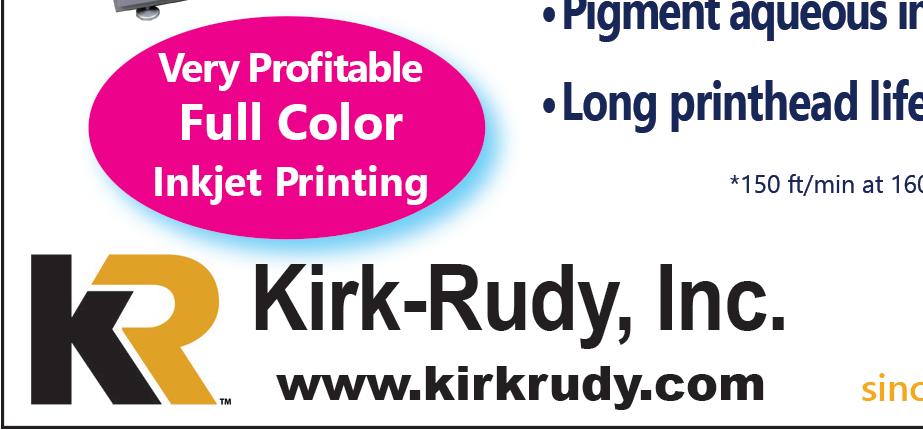

An integrated system with end-to-end real-time visibility will allow the USPS to not only better manage transportation and the Postal Service supply chain today, it will also enable the USPS to make long-term data-driven strategic decisions that will ensure its continued relevance in the increasingly competitive shipping industry. In the race for data, the USPS has willing and eager industry partners ready to support its mission and strategy.
Kathleen J. Siviter is Asst. Executive Director of the National Association of Presort Mailers (NAPM) as well President of Postal Consulting Services Inc. (PCSi), and she has over 30 years’ experience in the postal industry. She has worked for the U.S. Postal Service, Association for Postal Commerce (PostCom), and others, as well as providing consulting services to a diverse set of clients with interest in the postal industry. She has also worked with PostalVision 2020, an initiative designed to engage stakeholders in discussions about the future of the American postal system.
Greg Reed is Executive Director of the National Star Route Mail Contractors Association (NSRMCA), the national trade association for the Postal Service’s surface transportation network, which is comprised of transportation suppliers dedicated to the Postal Service’s continued and long-term success. Prior to joining NSRMCA, Greg served as litigation and regulatory counsel to the Owner Operator Independent Drivers Association (OOIDA), the nation’s largest trucking trade association.
MailingSystemsTechnology.com | NOVEMBER-DECEMBER 2022 23
SUBSCRIBE FOR FREE!
11 EQUIPMENT IDEAS TO IMPROVE YOUR MAIL!
Every year, you have to balance what you want to make improvements to with what your budget will allow you to do. And when it comes to equipment, if it’s been more than a few years since you have made any changes, it’s likely that some upgrades and new ideas are long overdue.
So whether the timing is right or you are just seeing what’s out there, take a look at these 11 ideas. We’re guessing there is more than 1 of them that will make the difference you are looking for.
The Picture Perfect Match System is your solution for retrofitting your existing inserter for mail matching, barcode verification, end of machine verification, and Read and Print using one to four cameras. The system can be purchased as a low-cost visual match system or upgraded to a smart OCR or Barcode system that will stop the inserter automatically. Barcodes include IMB, Data Matrix, and QR, along with many more. The OCR is a non-teaching system. The smart system writes the results to a file for proof of mailing and quality assurance. All upgrades are modular so you only pay for what you need.
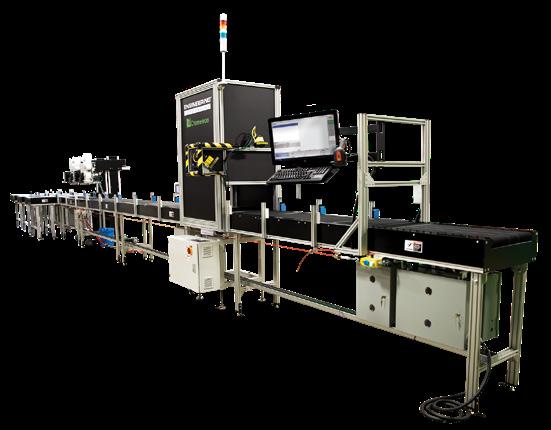
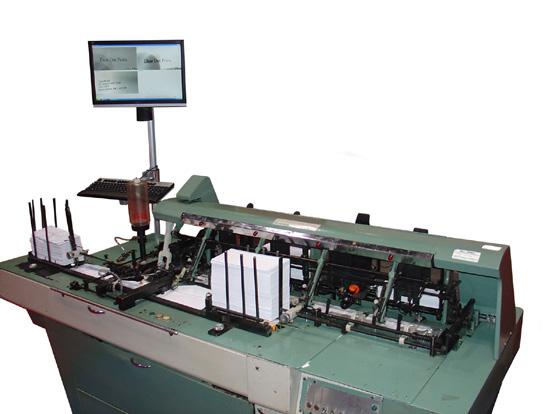

| https://clearimagetechnologies.com | 314.853.5867


Engineering Innovation is uniquely focused on developing custom parcel and mail processing equipment solutions that are compact, modular, affordable and, most of all, easily scalable to grow with you — making your transition from manual to partial or full automation fast, seamless, costeffective, and forward-looking. Our Chameleon Solution can increase your throughput capacity with label application, scanning, dimensioning, weighing, and sorting. As a cost-effective solution to full automation without the big price tag, the Chameleon Solution can be scaled to fit any environment to fit your ideal processing need. Additionally, integrate the Chameleon Parcel Processor with your existing business logic to collect, track, and analyze your live or past data. Gear up for high volume parcel processing and meet consumer expectations!
www.eii-online.com | 800.350.6450

GMS-VanSco experts have been working with the industry on finding simple adhesive dispensing solutions for the print finishing, folding carton, and converting industries since 1961. As a Valco Melton Business, global support and technical service are second to none. Backed by a large support and distribution network, helping you find a cost-effective solution is no problem.
| www3.gmsvansco.com/home

24 PARCELindustry.com JANUARY-FEBRUARY 2022
24 NOVEMBER-DECEMBER 2022 | MailingSystemsTechnology.com Video
For 75 years, Kern has led the way, offering tailored hardware and software solutions to the production mail industry. Kern’s core products include the K1600 (12,000 to 16,000 insertions/hour), K3200 (18,000 to 22,000 insertions/hour), and the K3600 (27,000 insertions/hour). All of Kern’s high-speed inserters include features that improve productivity and optimize performance. Each system operates on a shared platform that reduces the time it takes to train operators and make them proficient. Kern’s mailFactory software also operates on this shared system and integrates productivity reporting across all systems on the production floor.
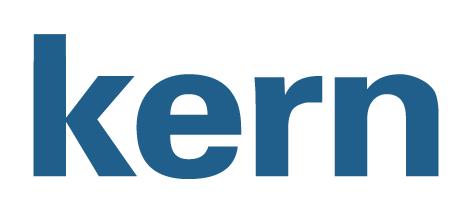
| www.kerninc.com | info.usa@kernworld.com | 614.317.2600

Kirk-Rudy has always been an innovator in using inkjet technology. Their current line-up consists of the NetJet, an HP thermal inkjet cartridge system. The UltraJet is a 2.1” piezo system that boasts increased production and low consumable costs. Their flagship Phoenix is a high speed piezo system capable of printing 4.25” wide image. Their newest 4 color CMYK printer, the FireJet 4C is an affordable full color printer with a 12.75” wide print width. Finally, their KolorJet, another 4 color CMYK high speed system, can print 500 envelopes in one minute. For more information visit: www.kirkrudy.com
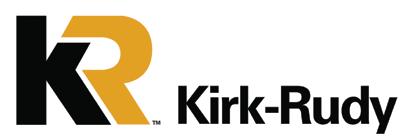

www.kirkrudy.com
NPI has been designing industry leading letter and flat sorters for 45 years. We set the standard for affordable, high quality, high speed, low maintenance automated sorting systems with the industry’s most compact design. NPI’s premier letter sorter, the Maxim, is capable of reaching speeds of up to 50,000 mail pieces per hour. In comparison to other sorters, the Maxim advances in reading and sorting technology, amazing processing speeds, multiple pocket options, and performs complex, high-volume mail sorting.
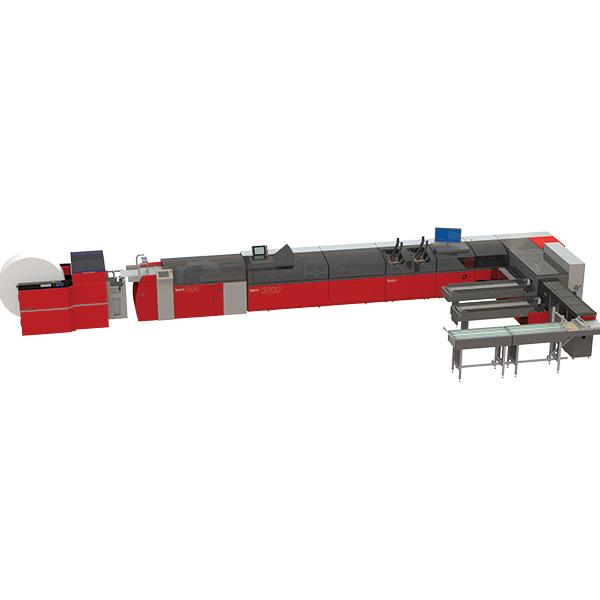

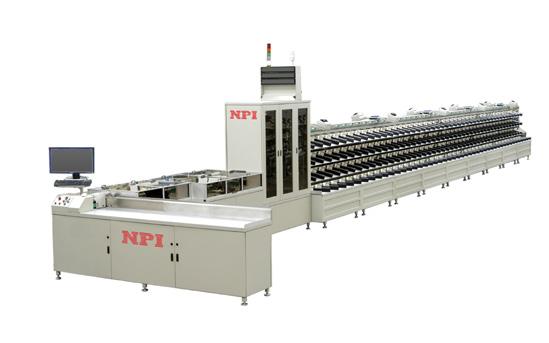
| https://npisorters.com | 888.821.SORT (7678)
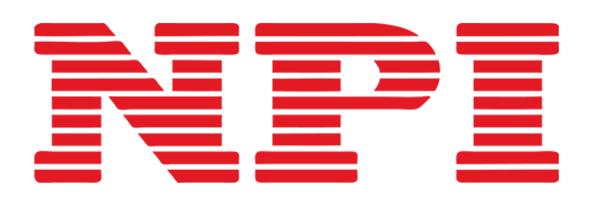
OPEX® Corporation is a global leader in Next Generation Automation, providing innovative, unique solutions for warehouse, document, and mail automation. OPEX Falcon® RED™ document scanners with integrated mail opening and extraction are designed to collapse prep and scanning into one seamless workflow, removing the need for additional prep stages with One-Touch processing. As labor shortages persist, Falcon RED scanners help alleviate the struggle to fill crucial roles in your document management process. Falcon RED scanners are an efficient and versatile solution for document handling across all industries.

| www.digitizeyourdocuments.com | info@opex.com


JANUARY-FEBRUARY 2022 PARCELindustry.com 25
MailingSystemsTechnology.com | NOVEMBER-DECEMBER 2022 25
Pen Point Tech is the leading provider of autopen technology. We build autopen productions inside businesses that want to: provide a better response rate for their clients, increase profit margins per mailpiece sold, and stand out from their competition.
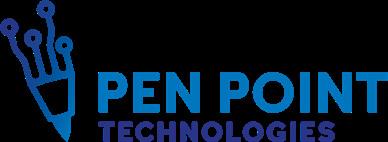
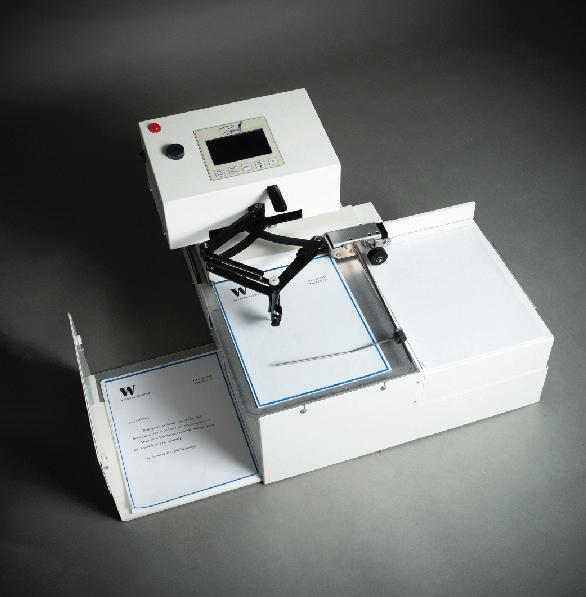

Video
| www.penpointtech.com | 800.556.8801
The MACH 6 printer leverages Memjet® inkjet technology to print on applications beyond envelopes and paper, including various materials up to 3/8” thick. It dramatically improves direct mail marketing and packaging maintaining the lowest cost of ownership. The MACH 6 helps commercial printers expand their offerings for affordable short run color printing jobs while increasing their profitability and productivity. It can print on 10” x 13” floats, mailers up to 10.5” wide x 17” long, stuffed envelopes, chipboard, corrugated cardboard, folding cartons, and much more. The combination of speed, value, and capability is found nowhere else in this class.
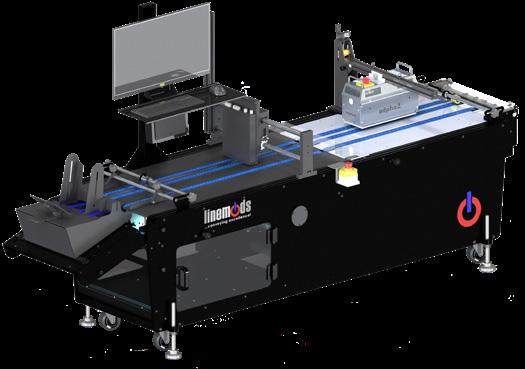
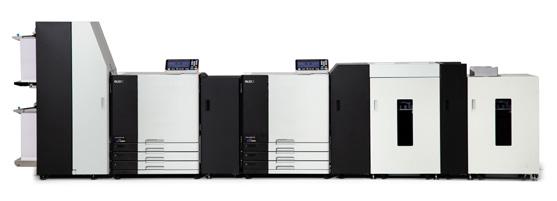
| mail.quadient.com | 888.444.7362

RISO, Inc., headquartered in Woburn, Massachusetts, is a subsidiary of RISO Kagaku Corporation, a Japanese manufacturer and distributor of high-speed inkjet printers for high volume production environments. RISO’s VALEZUS T2100 is a high-speed full-color cut-sheet inkjet printer that achieves a double-sided printing speed of 320 ipm. The VALEZUS T2100 offers a compact footprint for a production printer, as well as superior ease of use and maintenance. RISO’s ComColor GL printers offer fast, affordable, environmentally friendly cut-sheet inkjet output at speeds of up to 165 ppm. To learn more about RISO’s innovative inkjet solutions, visit http://us.riso.com or call 1-800-663-3031 x2.
| us.riso.com | 800.663.3031 x2
Bring your system to the next level! Linemods specializes in high-speed vacuum transport/finishing conveyors designed for tool-less setup with the highest quality deck components available. Engineered from the ground up to cover the most demanding of environments, Linemods provides outstanding performance and operator versatility and has proven to be the most robust, user friendly production equipment available today. SMS Direct can assist with any equipment that has to do with operating a lettershop or mailing facility of any size. Forward-thinking and smart… Quality without compromise.
www.smsdirectinc.com


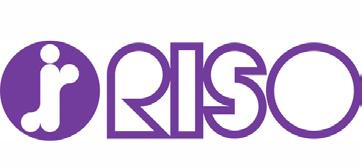

26 PARCELindustry.com JANUARY-FEBRUARY 2022
26 NOVEMBER-DECEMBER 2022 | MailingSystemsTechnology.com
PRINTING UNITED
The Mailing Systems Technology team was thrilled to be part of the 2022 PRINTING United show held in Las Vegas. The energy on the show floor was palpable, and no wonder, given that attendance was up by seven percent compared to 2019’s show (the shows in 2020 and 2021 did not happen due to the pandemic). Fur thermore, the PRINTING United staff reported that “based on figures provided recently by the Center for Exhibition Industry Research (CEIR), the authority on trade shows and events, PRINTING United Expo has outpaced expositions in other industries this year in total regis tration by approximately 25%.” Naturally, attendees, exhibitors, and organizers alike were thrilled with the results.


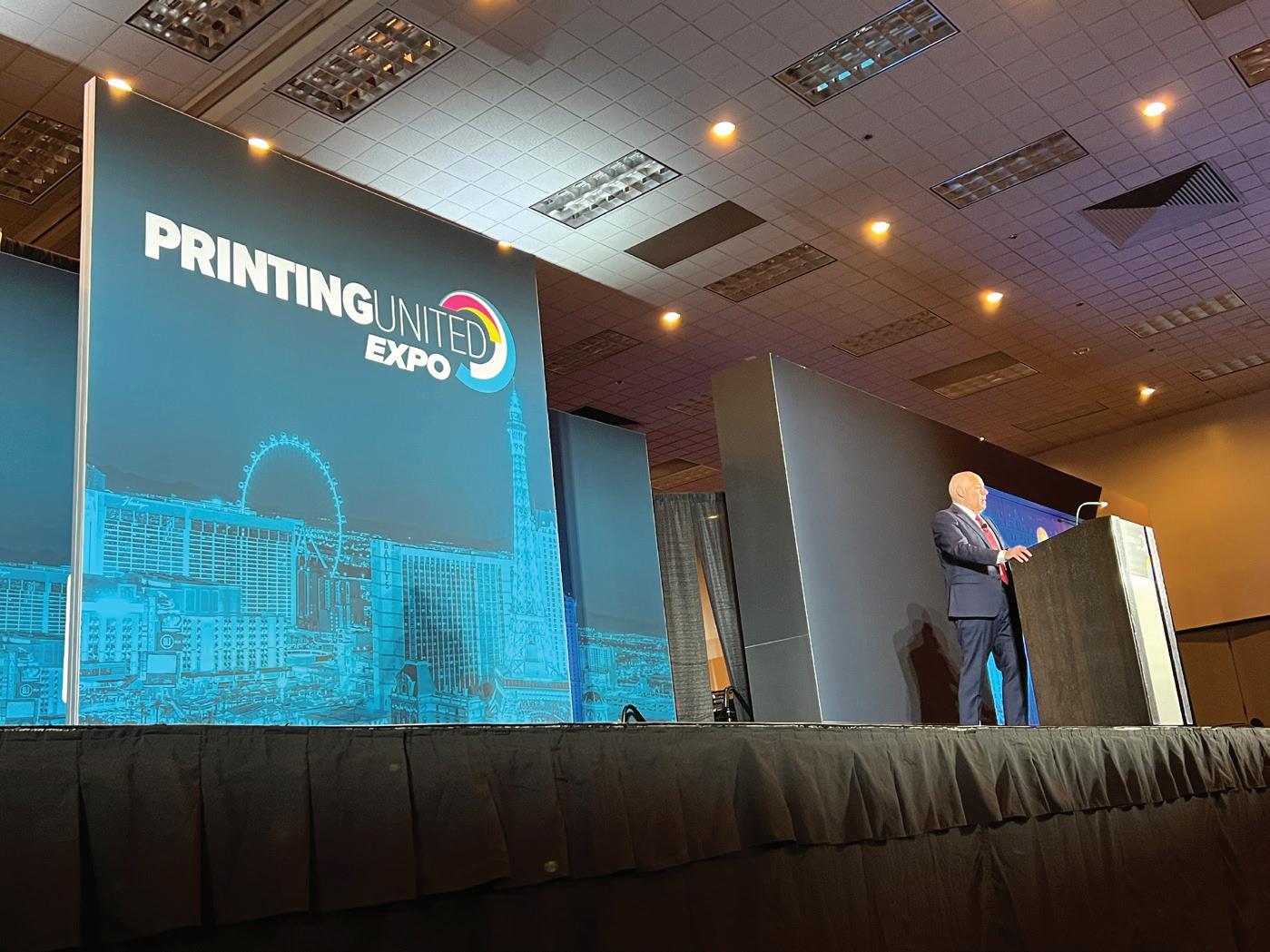
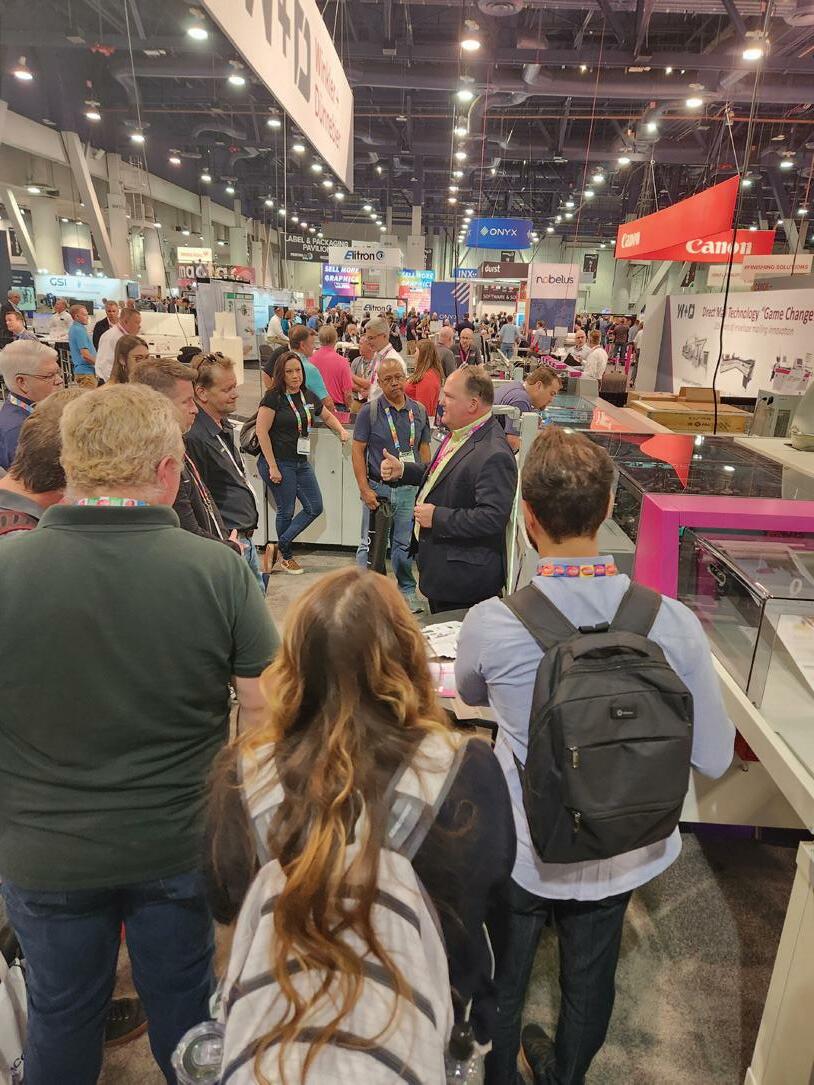
“The powerful emotions felt in Las Vegas last week were like nothing you can put into words,” says Mark J. Subers, president, PRINTING United Expo. “I’ve truly never seen this amount of engage ment from a show — ever. In the words of so many attendees and exhibitors we spoke with, it was like a global reunion of sorts. What the event did in terms of bringing the community together is that
it has revitalized the industry. The smiles, enthusiasm, and energy were simply off the charts. PRINTING United Alliance built the platform, but each and every attendee and exhibitor that engaged with the Expo are the ones responsible for the incredibly overwhelming success enjoyed by all.”
The Mailing Systems Technology staff made sure to tour both halls (and given that there were 701 exhibitors spread out over one million square feet of show space, that took some time!); it was fasci nating to see so many different solutions being showcased. Even those booths that featured products that weren’t applicable to our industry, like apparel printing, still provided an interesting insight into the exciting places the printing and graphic arts industries are heading.
Of course, we spent much of our time in the dedicated mailing pavilion (of which we were a sponsor), chatting with current and future subscribers, as well as other mailing solution providers. Attendees seemed to appreciate the fact that companies affili ated with the mailing industry were all in one general area, which made their booth browsing much easier.
hearing Postmaster General Louis DeJoy speak at a keynote on Thursday morning. His energy was unmatched, and he was clear that he was ready and willing to keep implementing the various aspects of the Delivering for America plan, despite whatever obstacles may be in his way. He was honest in reflecting on some of the USPS’s shortfalls, such as when he noted that the package arm of the orga nization would need to grow and become more efficient and competitive in order to bolster revenue. Overall, many of us left the keynote feeling energized about the future of the Postal Service, even if much of his speech touched on topics that had been previously discussed.
“PRINTING United was a tremendous success on many levels. First, [it] has now established itself as a show where the mailing community can come see a wide range of the latest in mailing technologies and exchange ideas from a significant number of suppliers. It was a very good turnout by the envelope mailing community between exhibitors and attendees, and we expect this will continue to grow as the mailing industry has moved into a higher level of new opportunities in paper-based communications.”
Andrew Schipke, VP marketing and strategic sales, W+D North America
All in all, this year’s PRINTING United was a successful show across the board. We hope that as mailers, you found as much value in it as we did, and we look for ward to seeing you next year in Atlanta.
MailingSystemsTechnology.com | NOVEMBER-DECEMBER 2022 27
WHY ENTERPRISE ONLINE POSTAGE WILL BE THE FUTURE OF BUSINESS MAIL
 By Adam Lewenberg
By Adam Lewenberg
In many organizations, it is easier to send a $15 overnight package than a $.57 letter. This does not make any intuitive sense, but it is based on where we work and what access we have to technology. UPS and FedEx provide free enterprise tools that can be accessed from any web-connected computer. This means that people working in small offices or remotely have an easy way to send a letter or shipment and the charges can be consolidated on a daily/weekly/monthly report that is billed back to the corporate office to the proper cost center. With mail, it is
based on the technology that is deployed at the locations. Large offices will have some metering solution, but others will typically have nothing. This forces them to either drive to the post office to buy stamps or go to their enterprise UPS or FedEx solution that makes it easy, but at a significantly higher cost.
There is new online technology that can be deployed across an enterprise and can allow users to mail through the USPS from any web-connected computer — we view this as the future of busi ness mail. This technology has huge savings in equipment costs, postage, labor, and efficiency, and, best of all, can provide central visibility to the spend across the enterprise.
Although Enterprise Online Postage has been around for almost 10 years, the big difference is the way that the licenses are pro cured. The traditional model was to pay a subscription price for each license, forcing administrators to need to justify the spend based on a location’s postage usage. This made it difficult to sup port small offices or remote staff due to their low or inconsistent mail volumes. The newest systems can have one license that is shared across an entire enterprise and at a fraction of the cost. There is no longer a need to justify a user’s mail spend because everyone can now have access.
What Is Enterprise Online Postage?
Online postage is being able to print postage for letters, flats, and parcels through any internet-connected computer. What differenti ates enterprise from single location online postage is how you can control the spend across your locations, users, and cost centers from a central administration point. This enterprise control lets you
28 NOVEMBER-DECEMBER 2022 | MailingSystemsTechnology.com
SUBSCRIBE FOR FREE!
define business rules and manage access across all locations to potentially thousands of users.
These are the main benefits of Enterprise Online Postage platforms:
Universal access to all locations and employees


Postage discounts that range from five percent to 68% (see Figure 1). Many of the discounts are not offered with traditional postage meters.
50-90% savings over other metering technologies – Typical mail systems cost between $18-$200 per month for small office solutions. Enterprise versions can be a fraction of this investment when spread out over all locations.
Certified Mail Automation – Many of these platforms will provide an automated way to process Certified Mail. Instead of managing the “Green Cards” being returned with the signatures, the process can be managed online. This can provide a listing of all documents sent, what has been received, and even Firm Mailing Book manifests that can be used as additional proof of mailing in court.
Visibility and Chargeback – In most organizations, the mail throughout the locations has little to no visibility. Offices are either managing their own mail spends, or if there is metering technology, it is only showing how much money got downloaded into the device to fund future mail pieces. Enterprise Online Postage provides visibility to every piece of mail generated with cost centers and users assigned to each piece. Postage can be charged back as needed, providing better user controls. There is also less chance for theft because a name is associated with each piece.
Single
Management – When you have hundreds or thousands of users, password management can become difficult. Also, who is deleting users who are no longer employed? These systems can deploy single sign-on, which links to an organization’s active directory. Users do not need usernames and passwords because they have already connected to their corporate infrastructure. Also, when users are no longer employed, their access automatically gets revoked.
Sign-On User
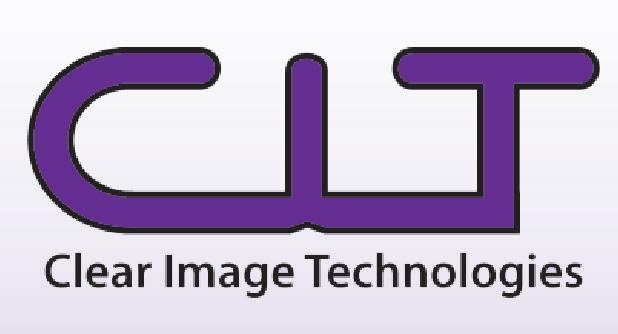
Expansion to UPS and FedEx – These platforms can have UPS and FedEx processing from the same postage platform. This can drive significant savings from the following:
Compare Air to Ground – Ground is guaranteed next-day delivery in Zone 2, and 2-day in Zone 3. The “free” carrier-provided systems only show you the air rates unless you go into a different screen that shows the Ground service. New systems can show you all the rates in one screen, with expected delivery times making it easier to compare.
UPS vs. FedEx vs. USPS – These systems can compare the rates of all services in one place. Lightweight items going to residences or less dense ZIP Codes may be less expen-
MailingSystemsTechnology.com | NOVEMBER-DECEMBER 2022 29
Online postage is being able to print postage for letters, flats, and parcels through any internetconnected computer. Business Continuity & Disaster Recovery Keeping your critical communications running so nothing comes between you and your customers www.mailgard.com • Paul J. DePaoli 203.572.3887 • paul.depaoli@iwco.com PICTURE PERFECT The low cost matching solution • Visual Matching • OCR / Barcode • Read and Print Picture Perfect is designed as a low cost alternative to many automatic document vision systems. It is well suited for the customer that demands the most personalized look. CALL US TODAY! clearimagetechnologies.com 314-853-5867
sive through the Postal Service, regardless of your discount, because they do not charge for fuel, residential, or rural delivery surcharges.
Single Sign-On – The “free” carrier tools do not allow for the level of user management described above.
2024 Mandatory USPS Meter Migration Will Drive Adoption
The USPS announced the largest technology change requiring all postage meters to be constantly connected to the internet (vs. only connected at the point of meter refill or rate updates) so their usage can be monitored for improved postal security. This becomes effective in June 2024 and will require an estimated 70% of the postage meters in the United States to be changed. Many of these devices are designed for lower mail volumes, and companies will be forced to reassess their future mailing needs.
When we look at the mailing spends processed by these meter devices across an enterprise, we typically find the usage levels are low and do not justify more expensive meter technology. Enterprise Online Postage platforms can easily manage the mail volumes, increase the number of users who have access, provide better discounts, increase mail visibility, and reduce the costs dramatically.
The Future Looks Brighter
Central Administration Is the Key to Success
For these platforms to be effective, they require a central administrator to manage the deployment and ongoing usage. We have been managing these platforms for years, and what we find is that without the proper expertise and oversight, the systems fail. You need to have someone responsible for the following:
Defining requirements System implementation
Training
Onboarding users and returning postage meters
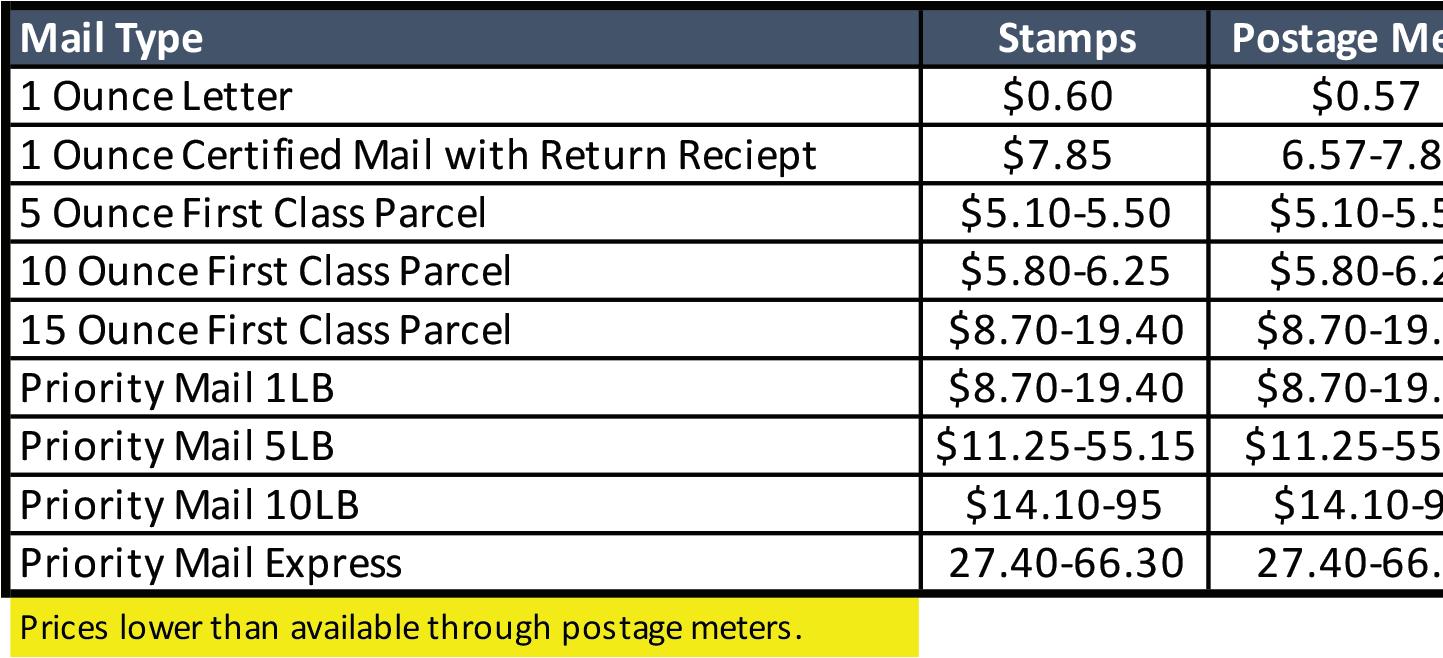
Managing user access
Case and issue management (most important)
Postage chargeback
Monitoring usage
Reporting on key metrics
Quantifying savings
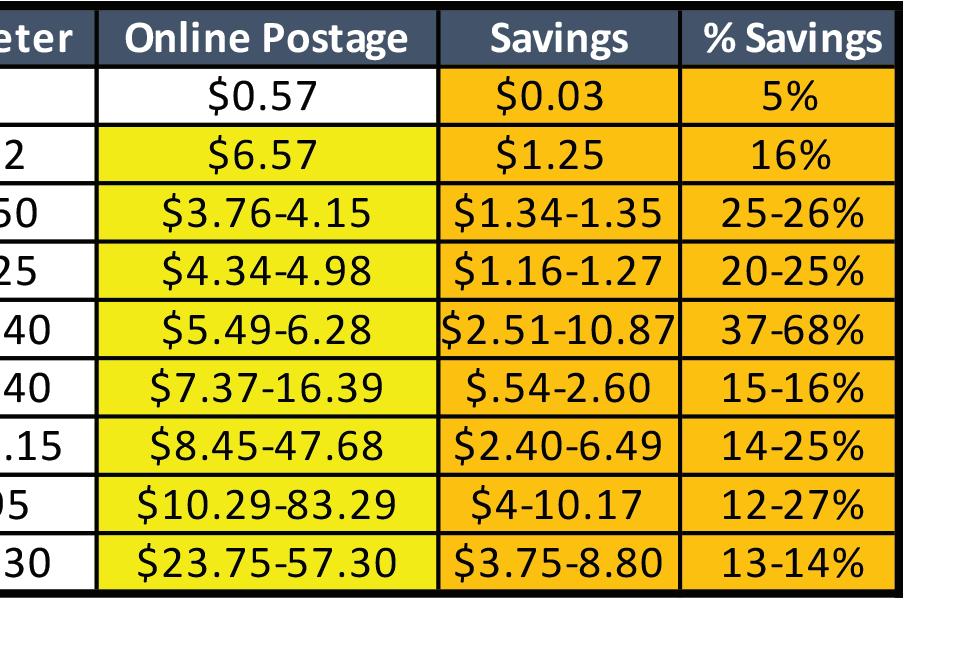
Expanding and promoting usage
We have implemented and managed thousands of users and locations on these platforms, and the feedback we get from our clients is this is such a better solution to manage their postage needs. The ability to provide mailing access to all their users reduces their dependency on more expensive overnight services, provides incredible visibility, and reduces their costs. While companies will still need metering technology for their larger locations, these Enterprise Online systems still complement this by supporting their remote users or their USPS parcel and Certified needs with the discounts not available through their meters. The way we work has dramatically changed over the past few years, and expecting people to be next to a machine to process mail does not fit this new reality. The future of mail is having access to mail and shipping services where people are, from any web connected computer, with the right data available at their fingertips to make the best mailing and shipping choices.
Adam Lewenberg, CMDSS, MDC, President/CEO of Postal Advocate Inc., runs the largest Mail Audit and Recovery firm in the United States and Canada. They manage the biggest shipping & mail equipment fleet in the world and their mission is to help organizations with multi-locations reduce mail and parcel related expenses, recover lost postage funds, and simplify visibility and oversight. Since 2011, they have helped their clients save an average of 56% and over $76 million on equipment, presort, avoidable fees, and lost postage. He can be reached at 617.372.6853 or adam.lewenberg@postaladvocate.com
30 NOVEMBER-DECEMBER 2022 | MailingSystemsTechnology.com
technology
postage meters
be constantly connected to the internet
only connected
point
meter
or rate updates)
their usage
be monitored for improved postal security. Figure 1 SUBSCRIBE FOR FREE!
The USPS announced the largest
change requiring all
to
(vs.
at the
of
refill
so
can
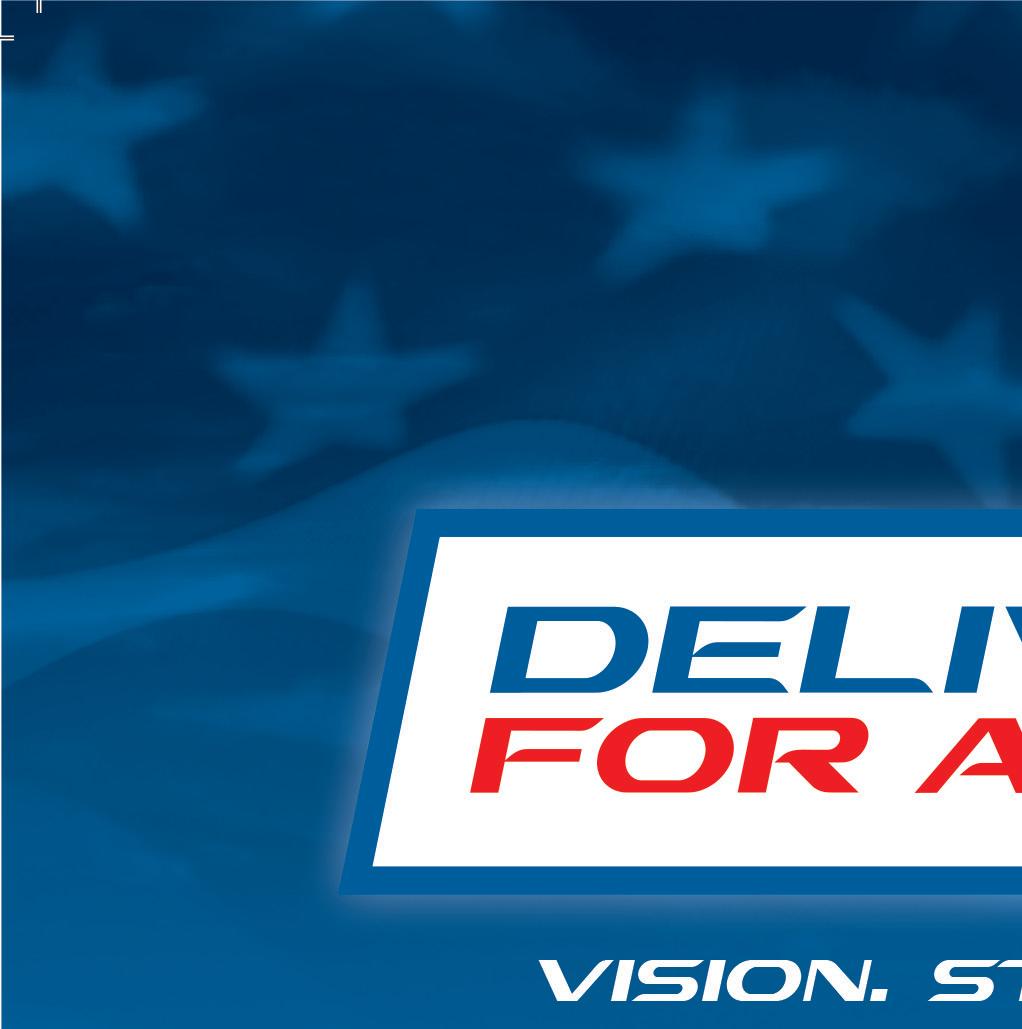



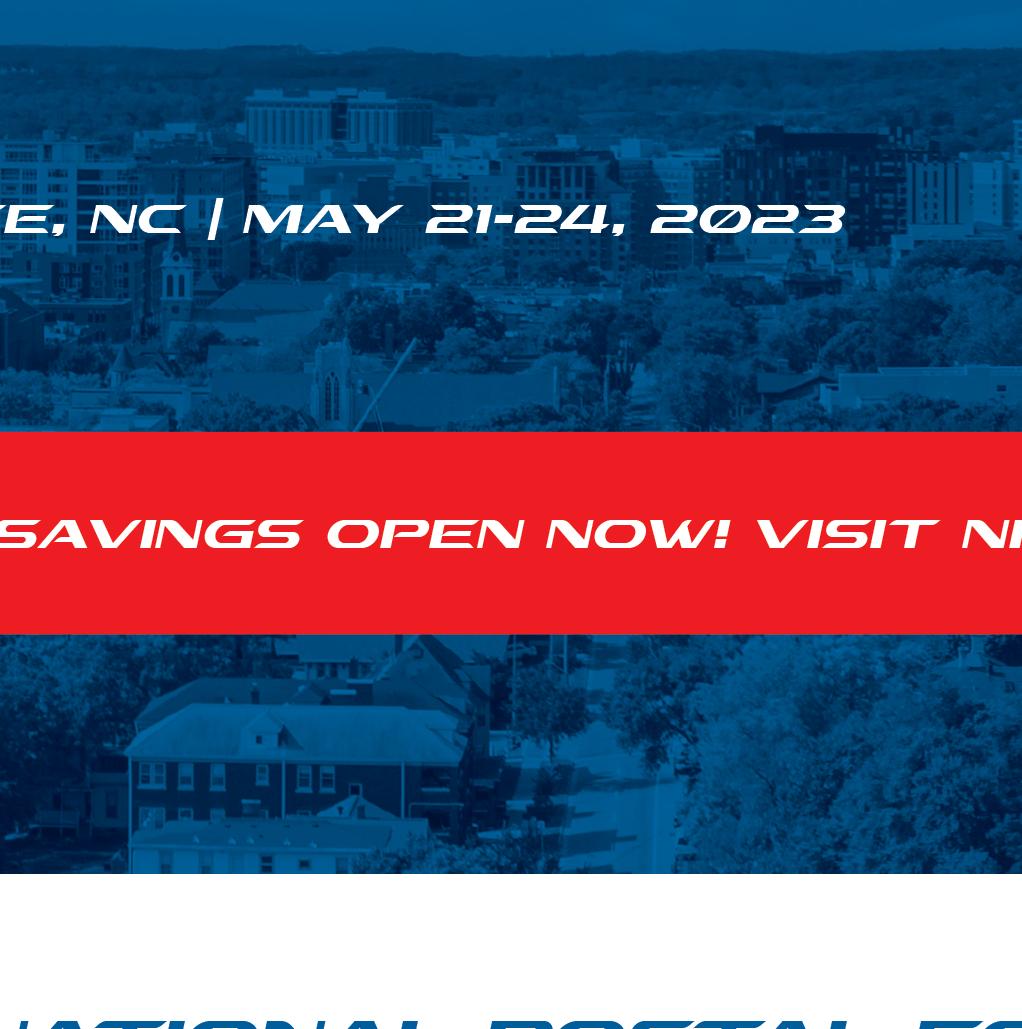

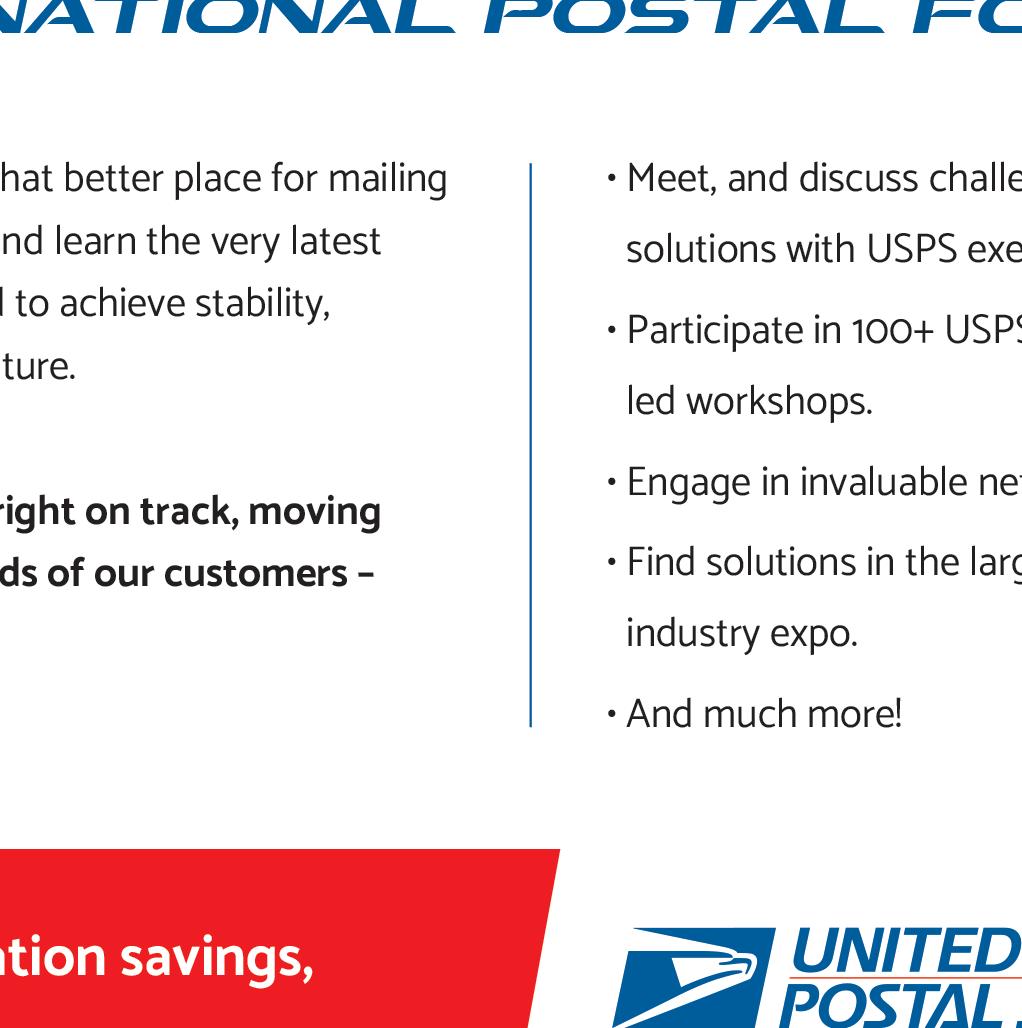

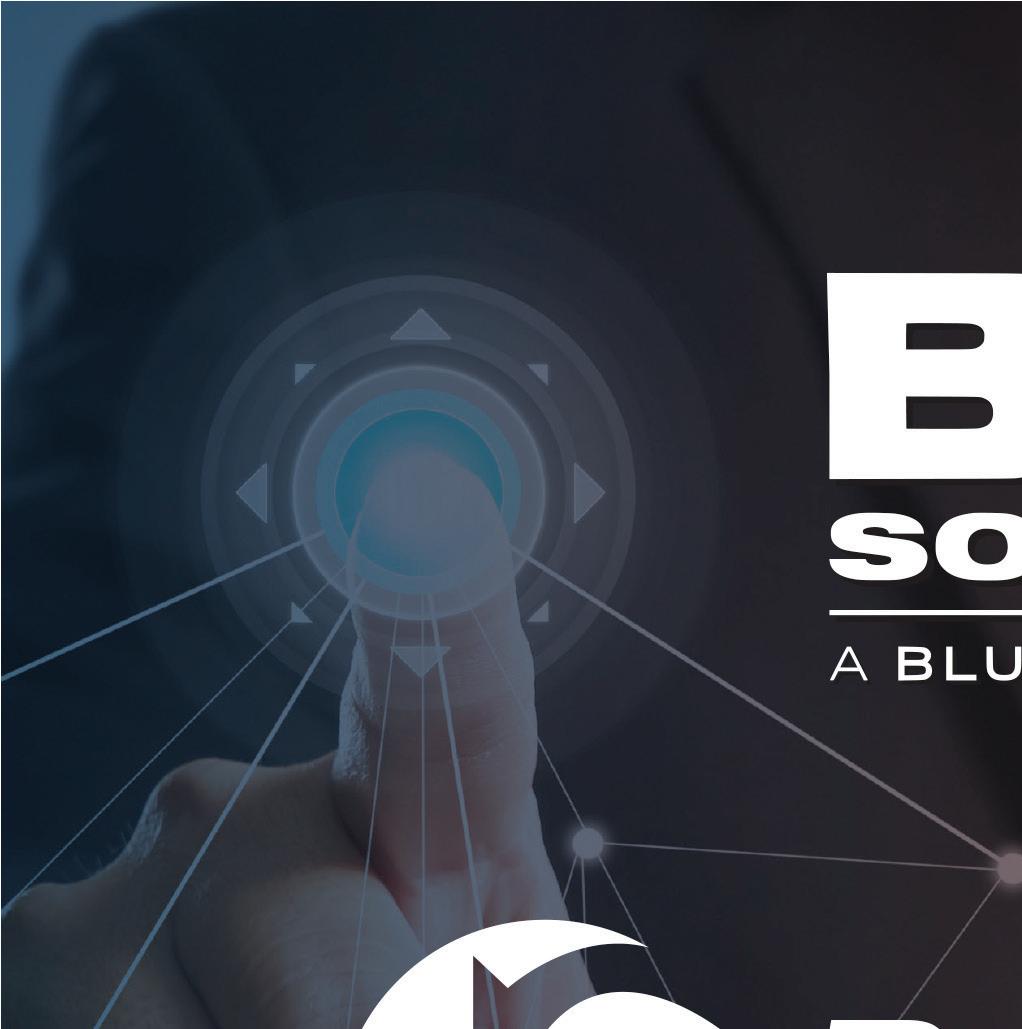



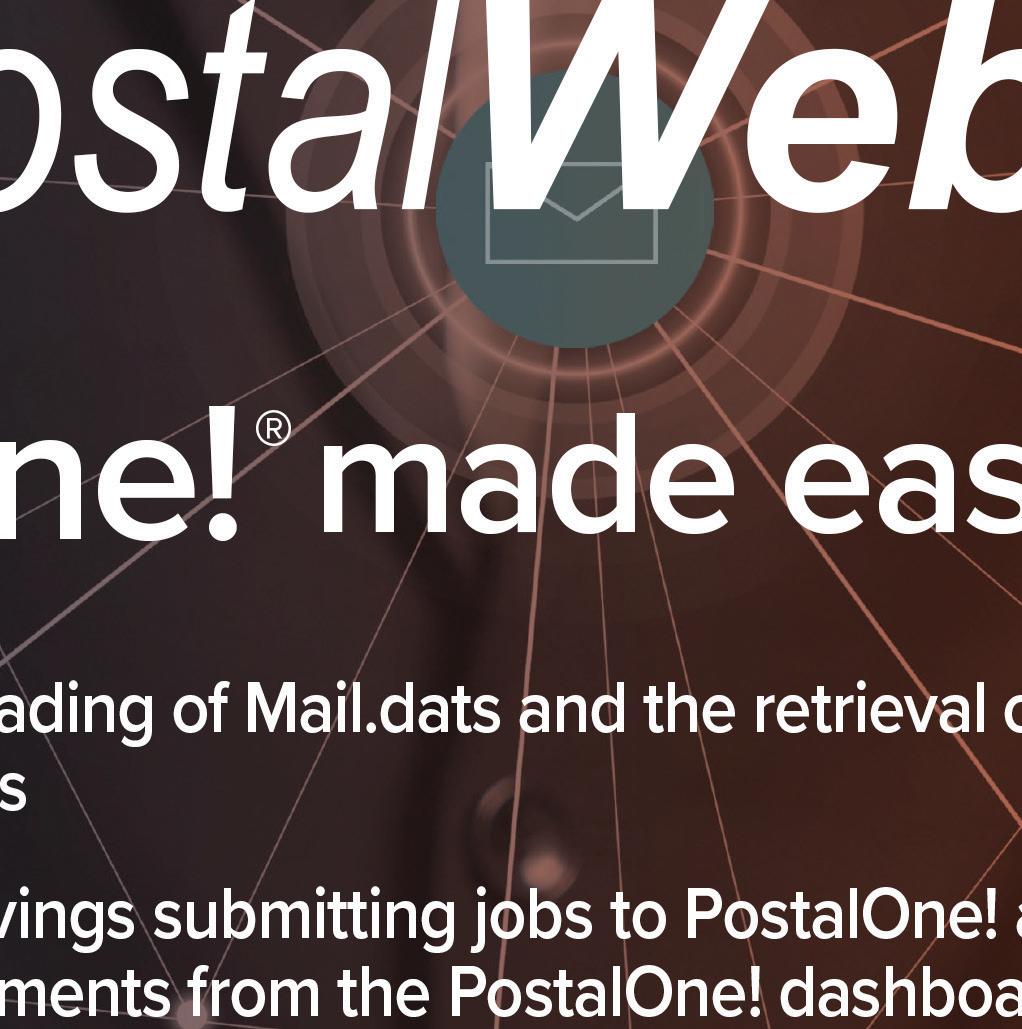





















































































































 By Kathleen Siviter and Greg Reed
By Kathleen Siviter and Greg Reed















































































 By Adam Lewenberg
By Adam Lewenberg




















